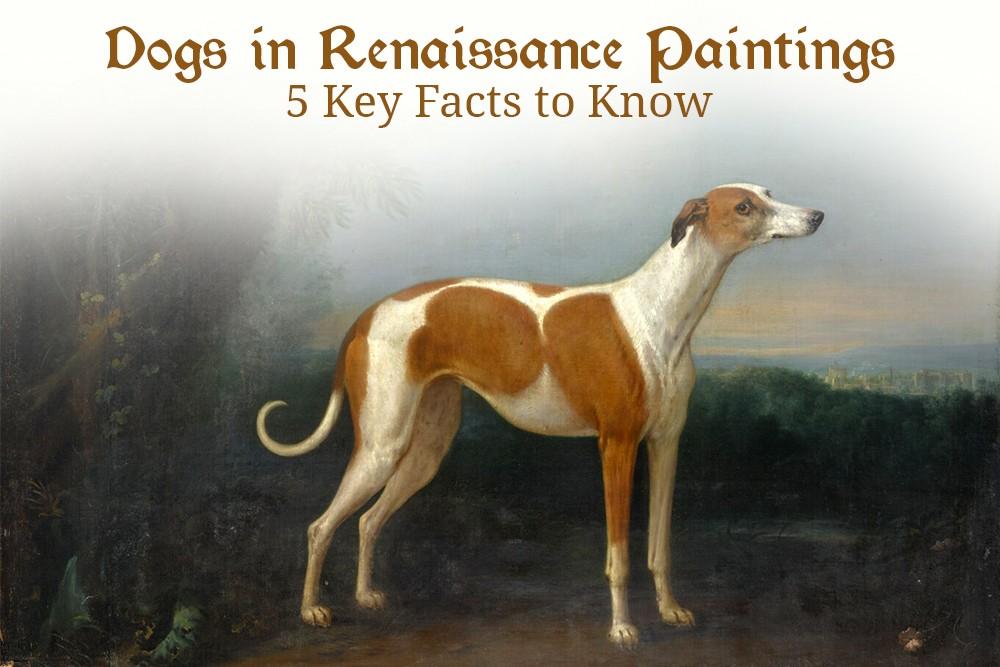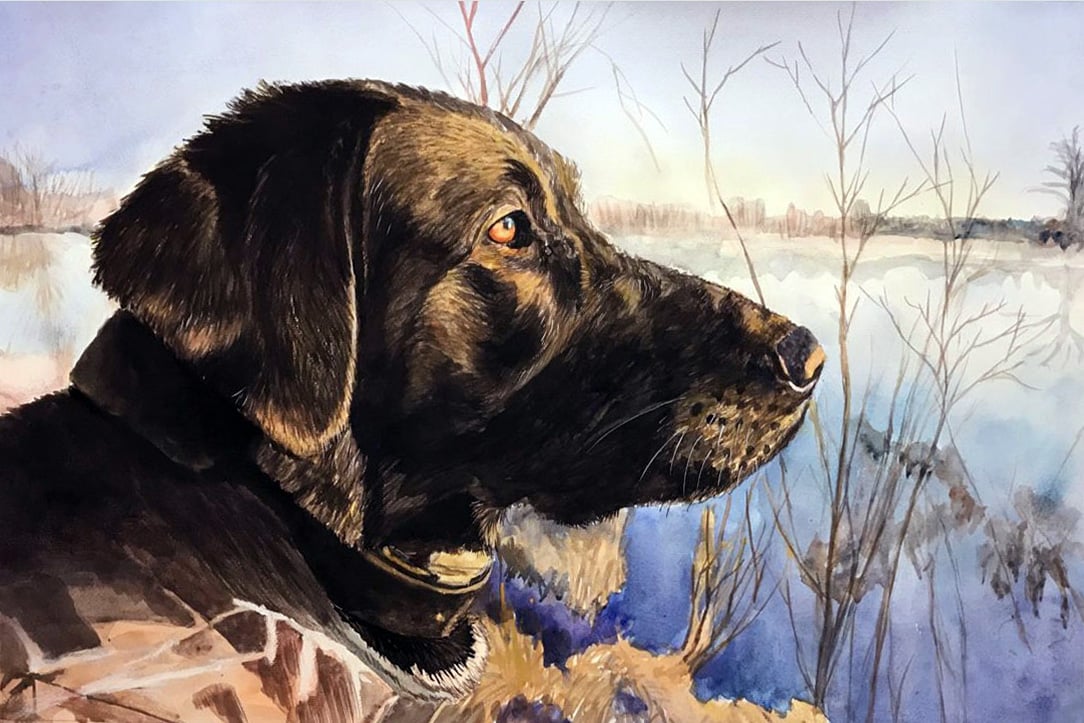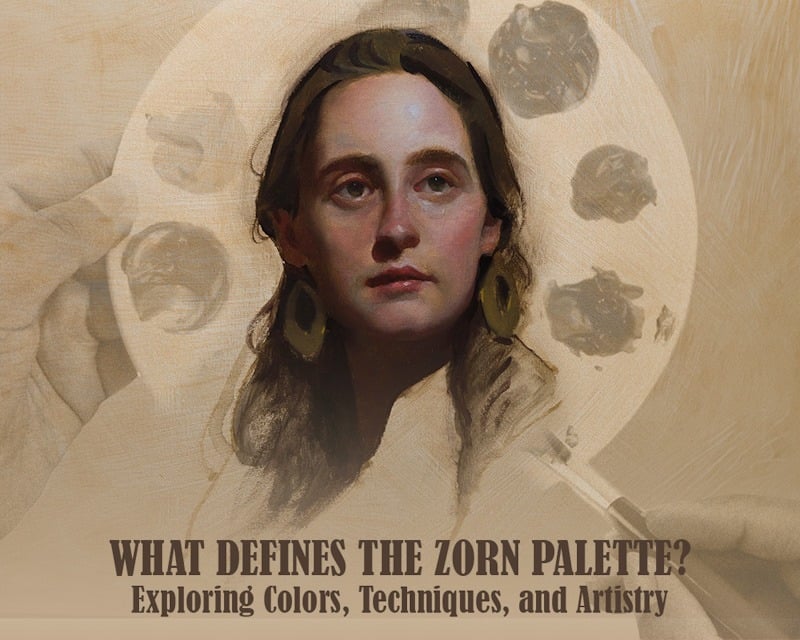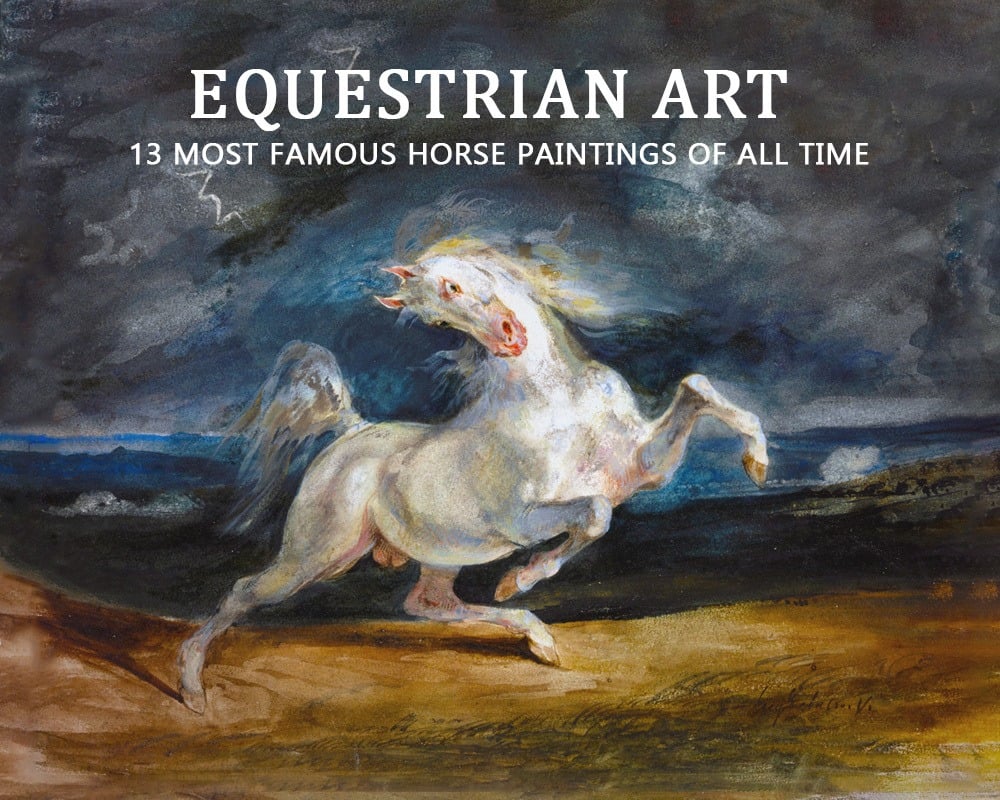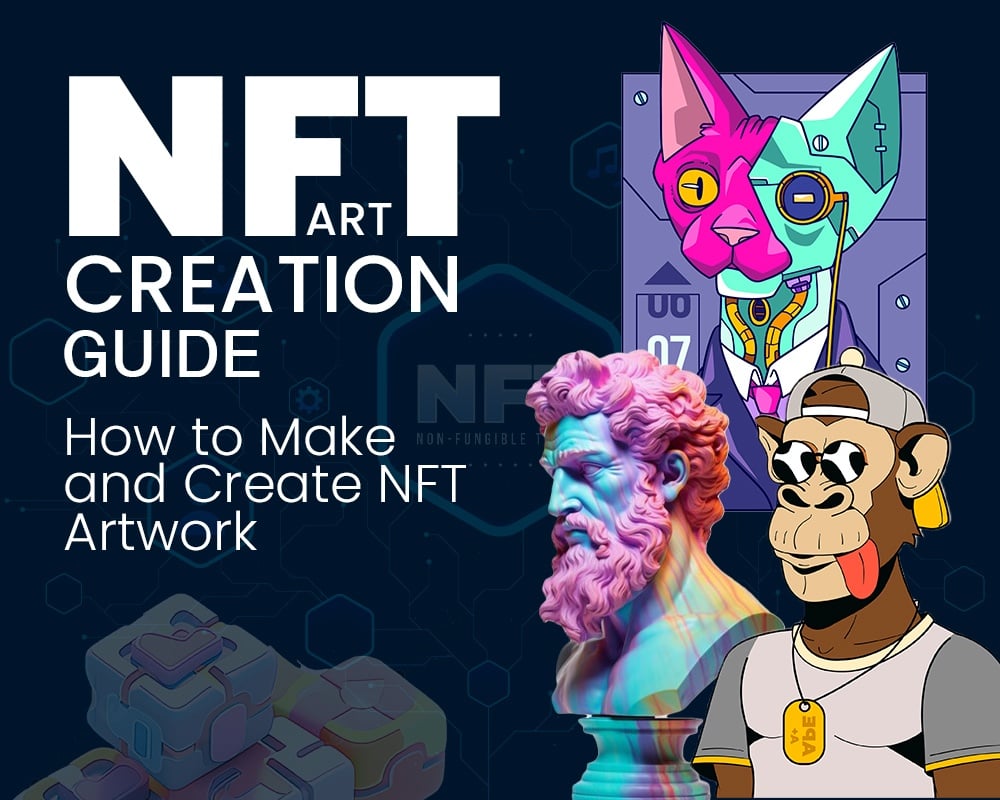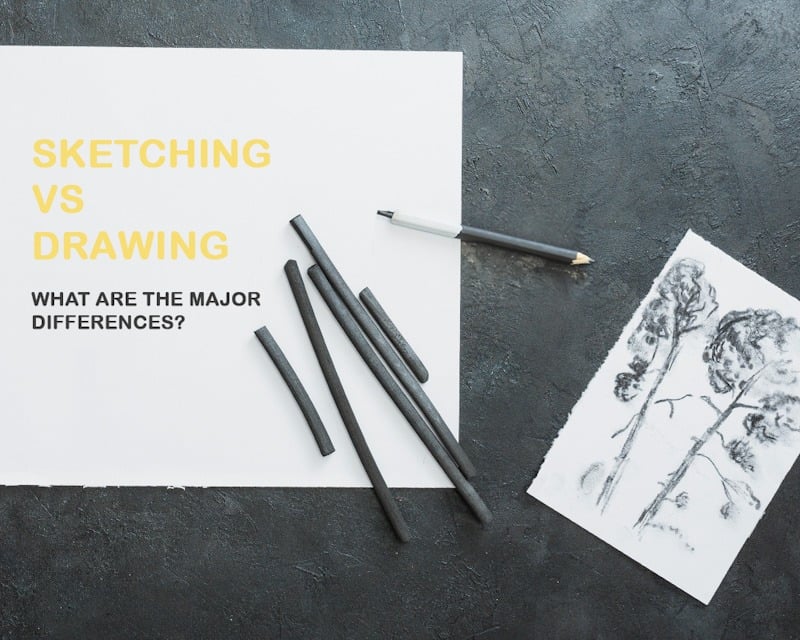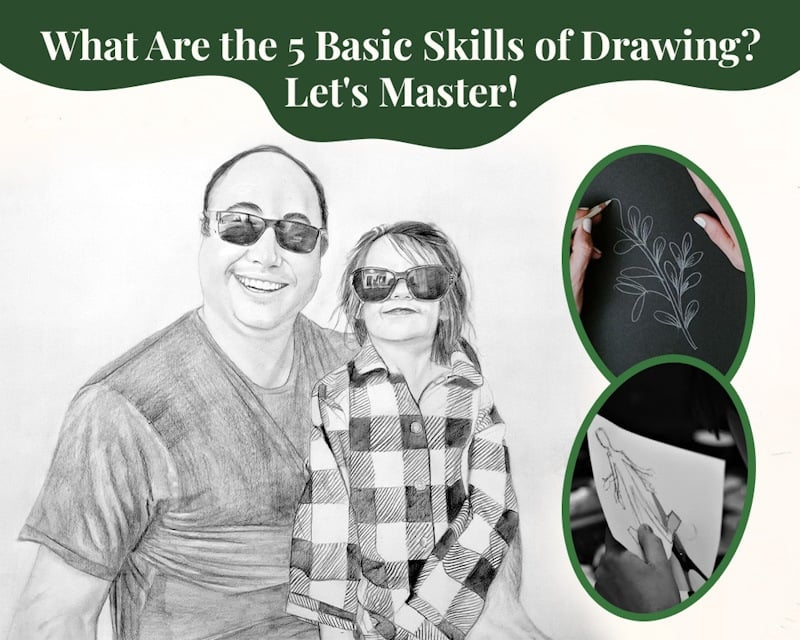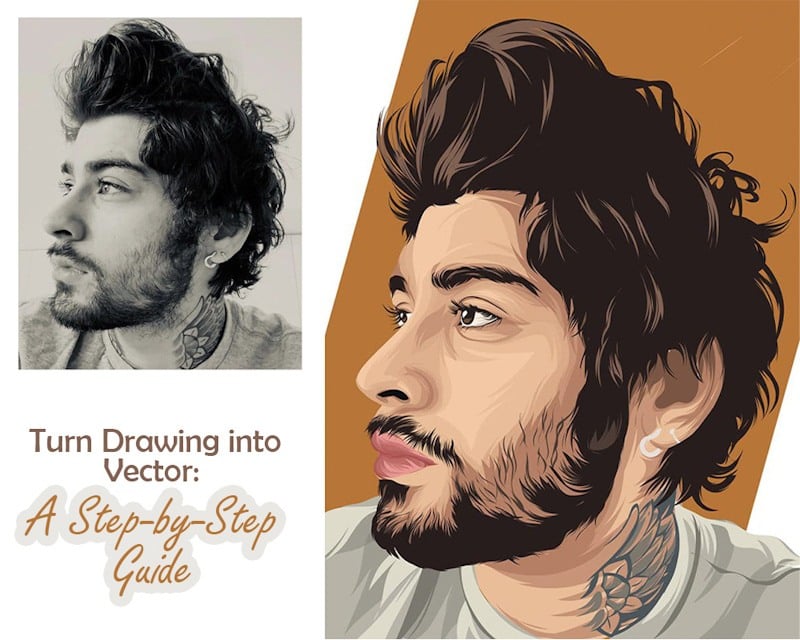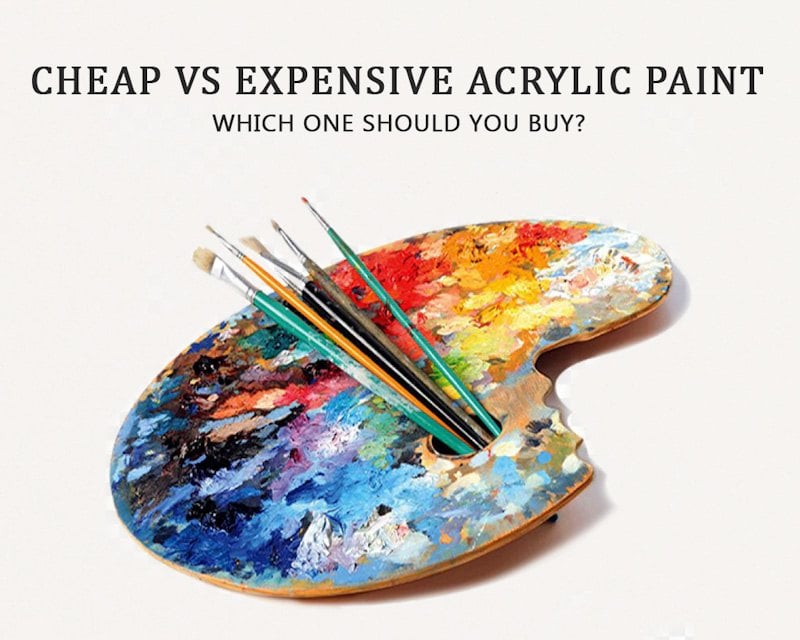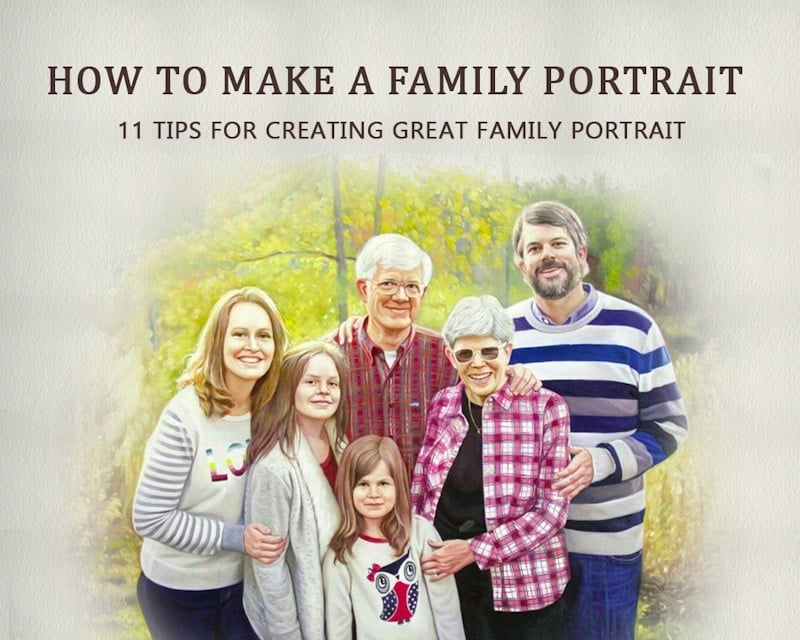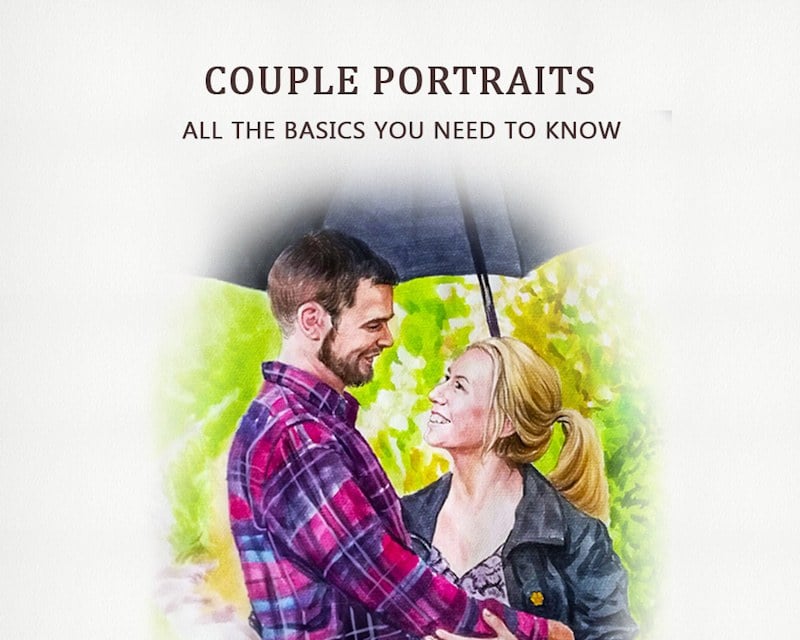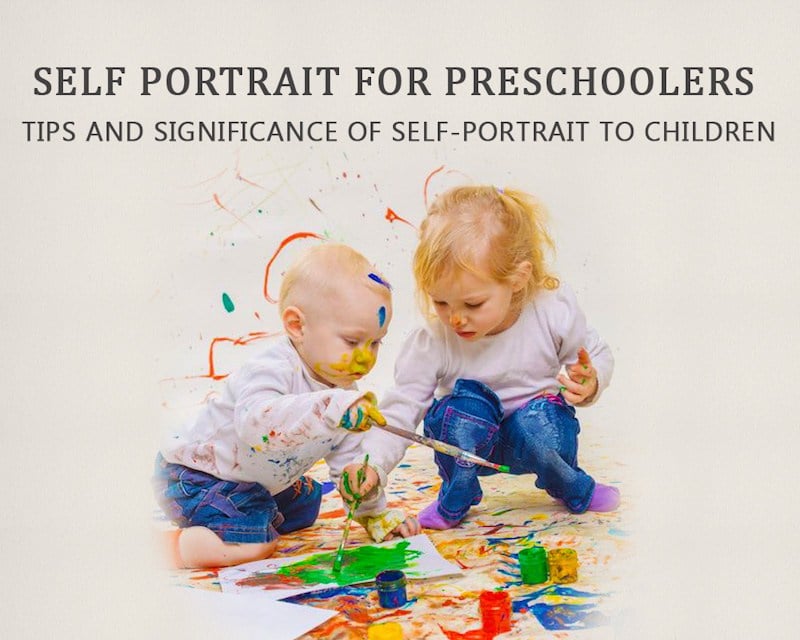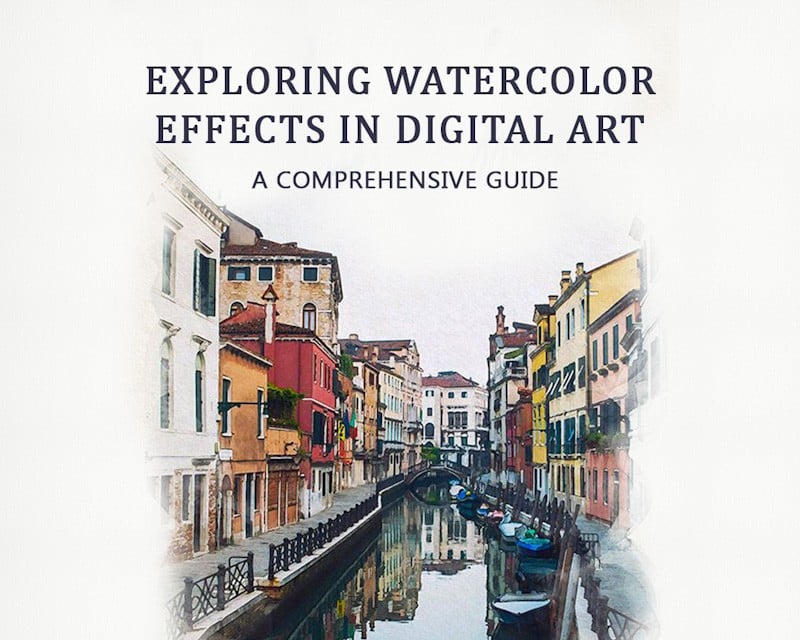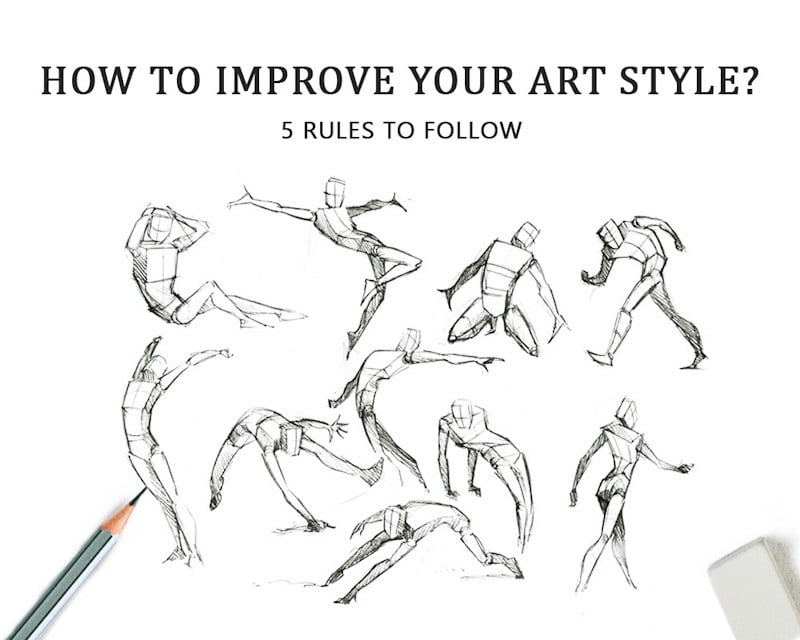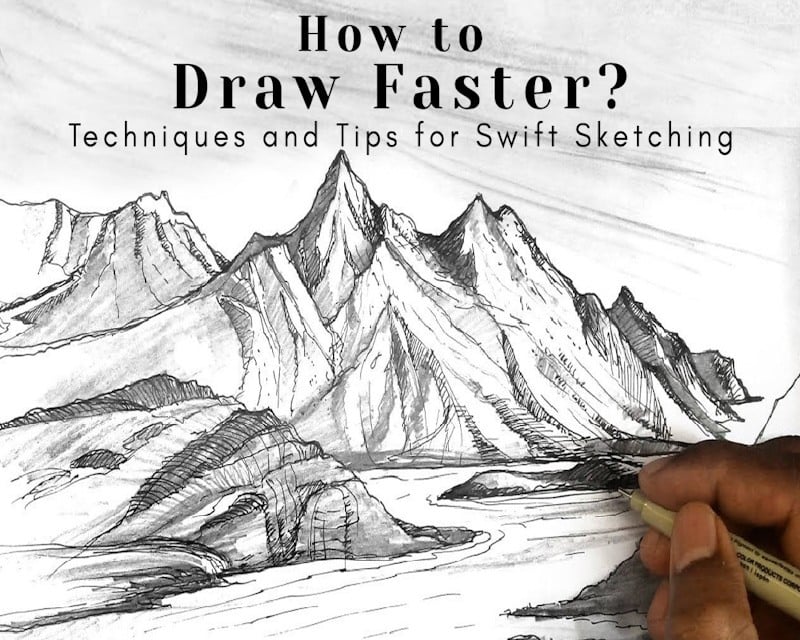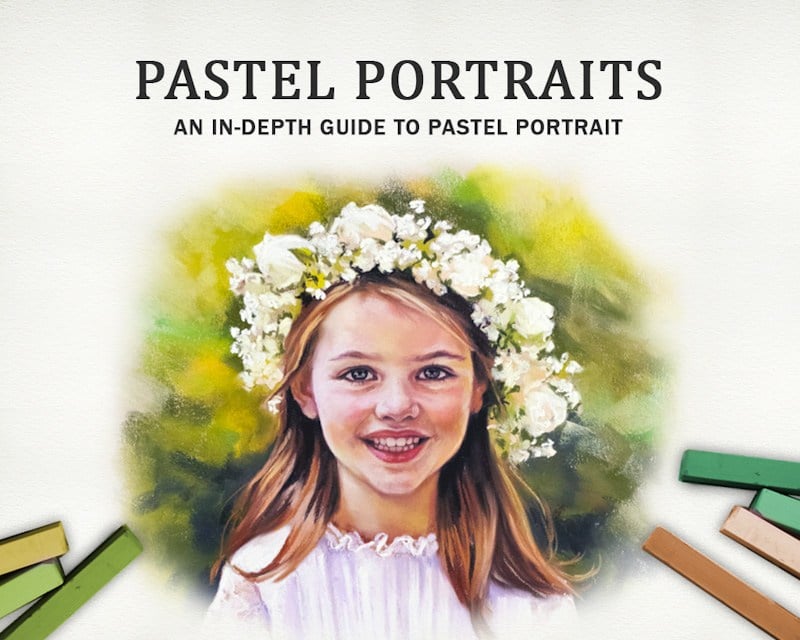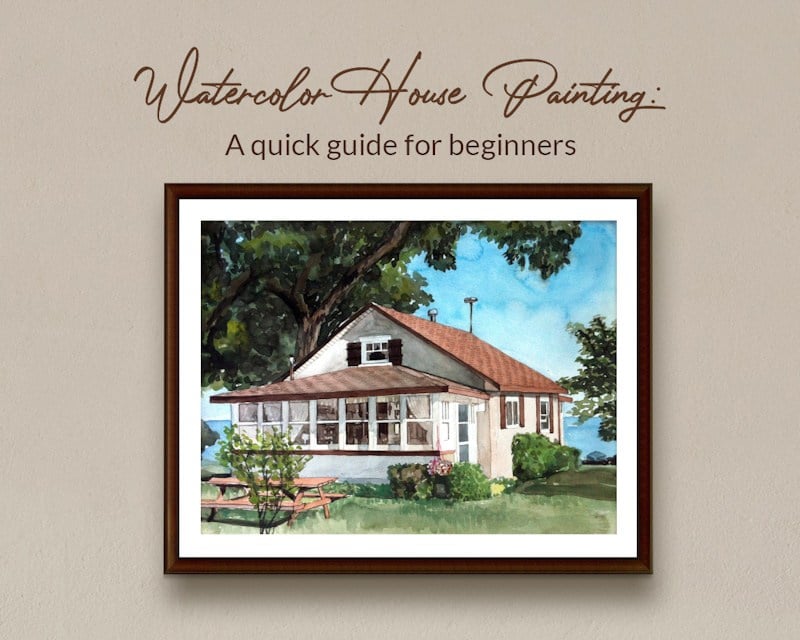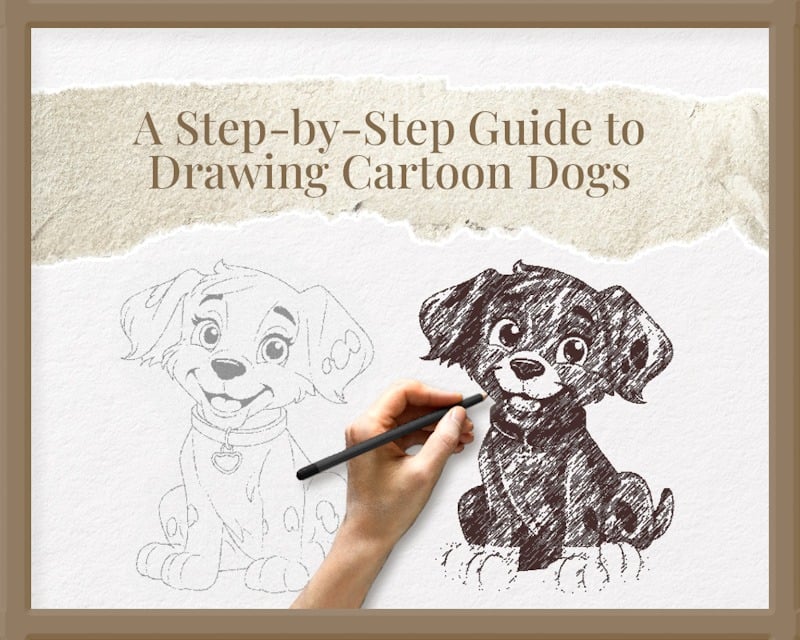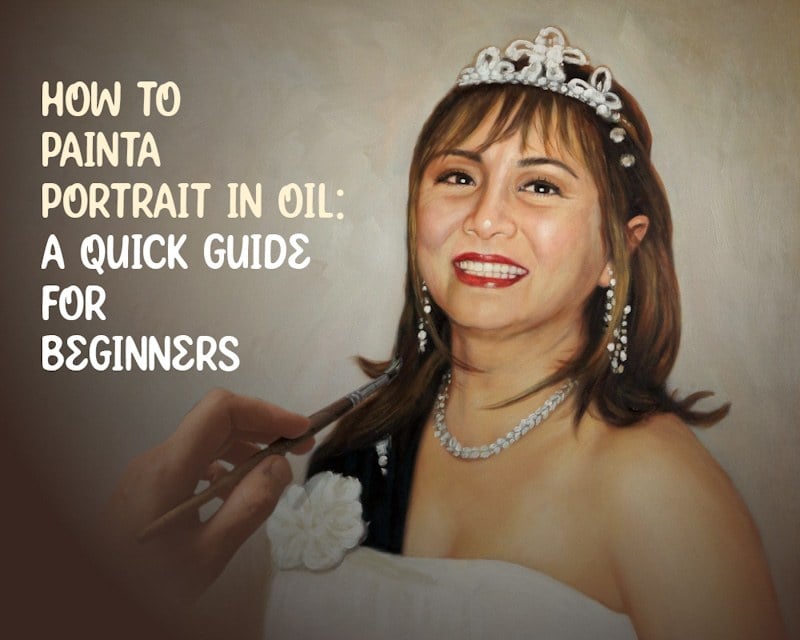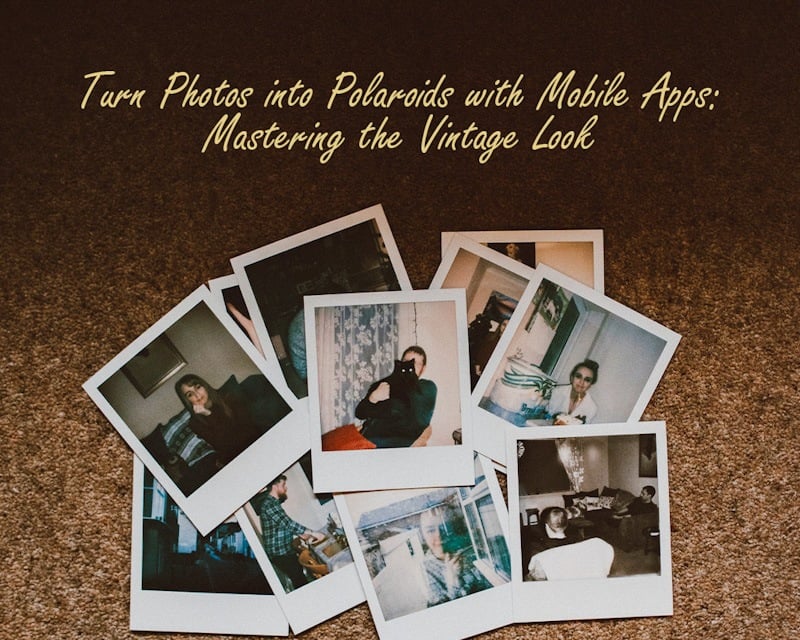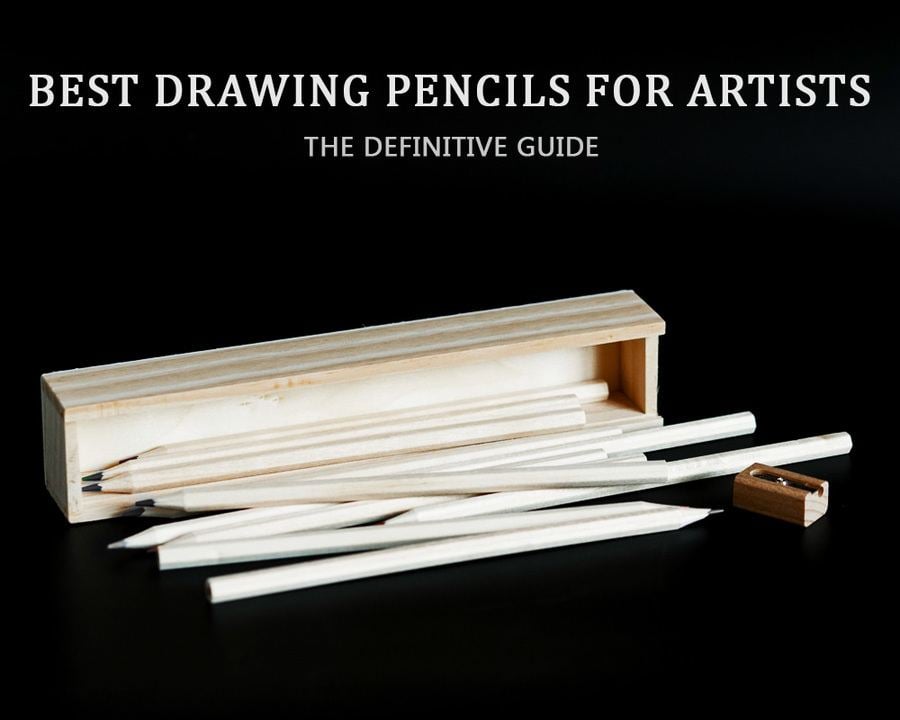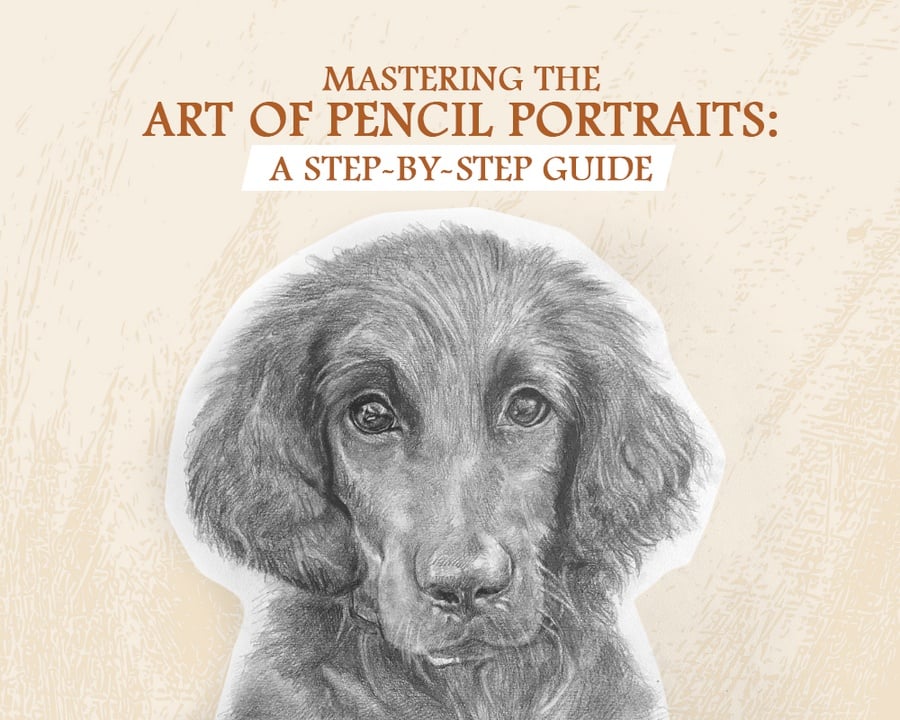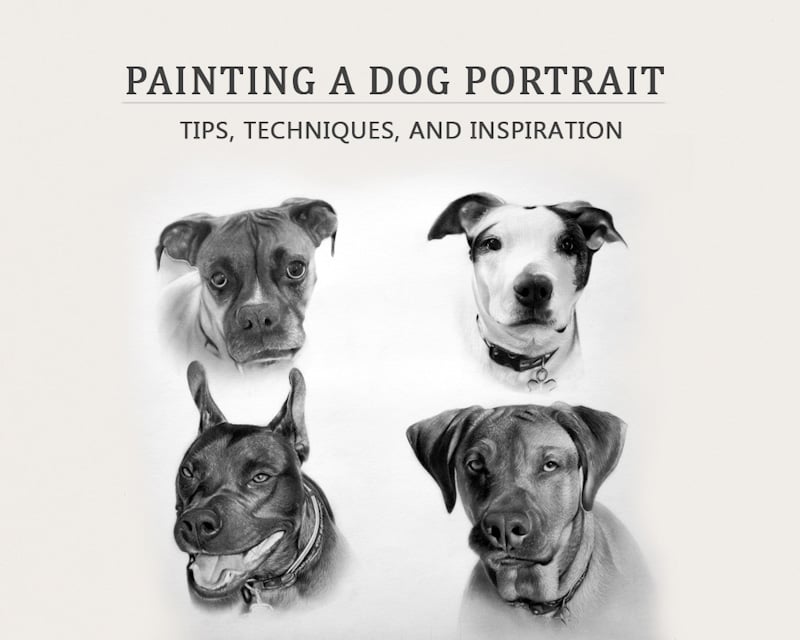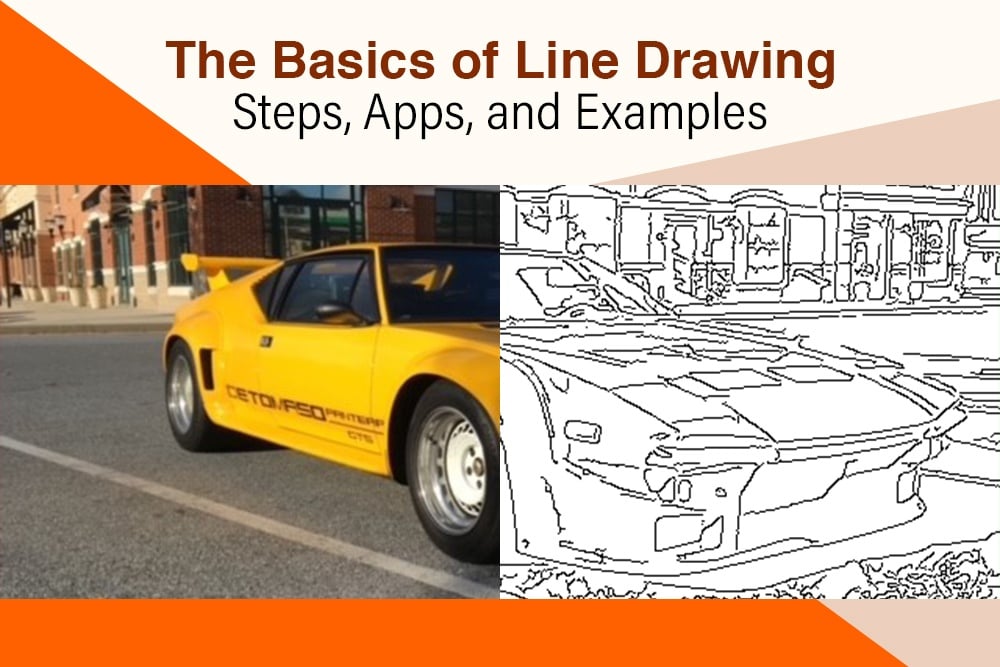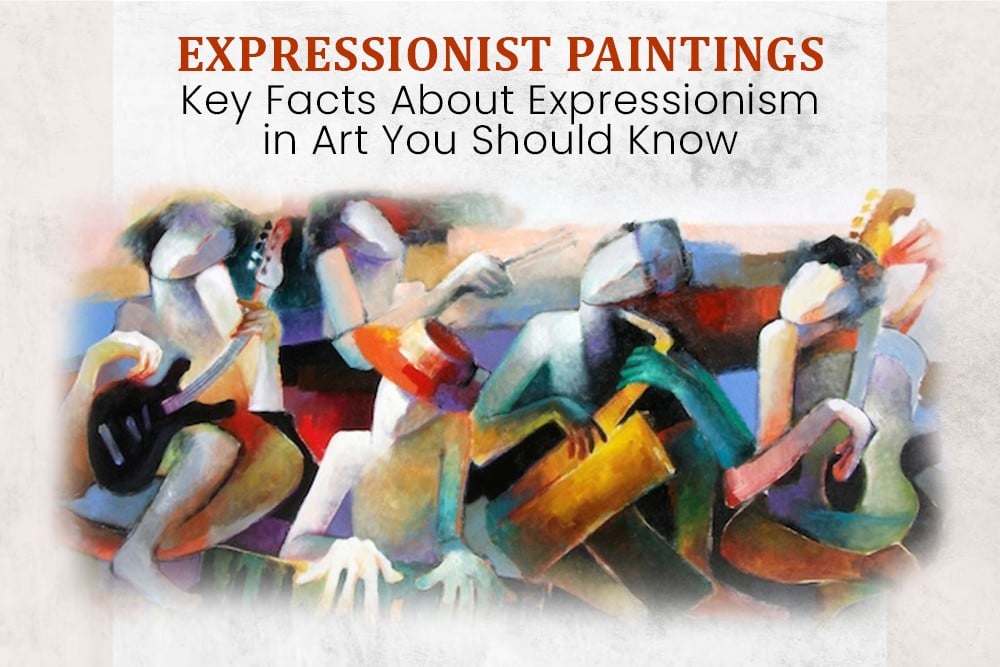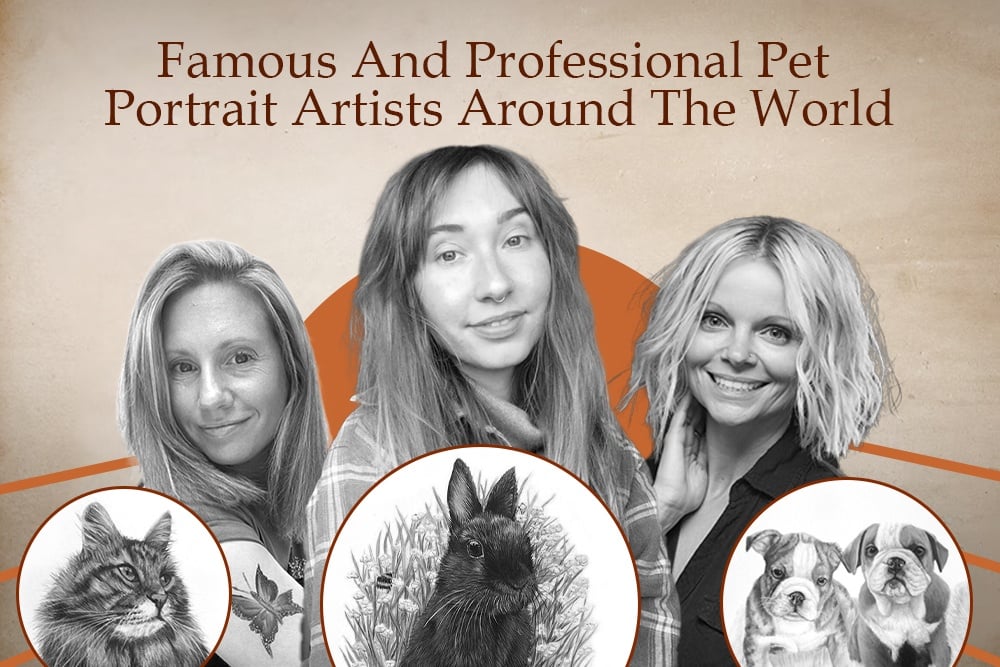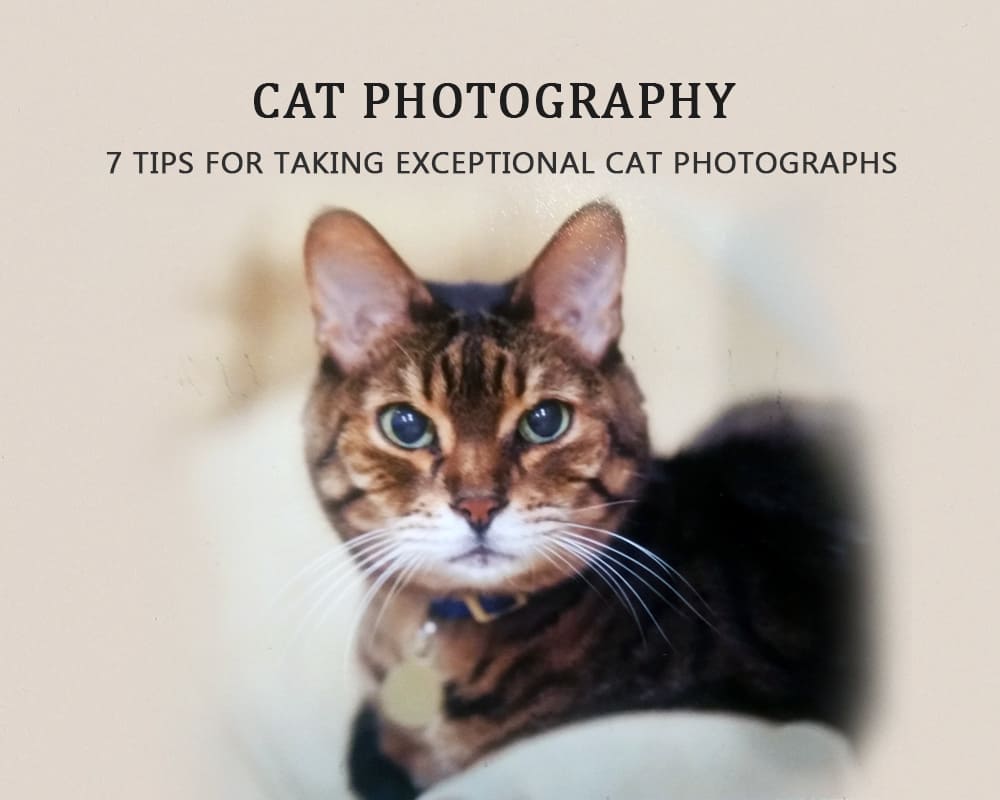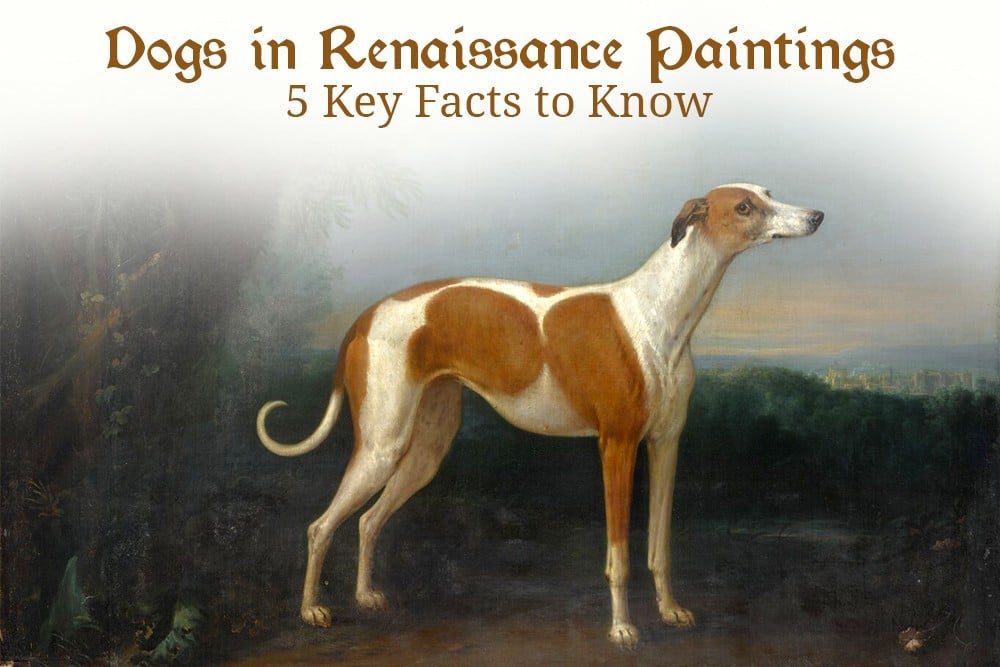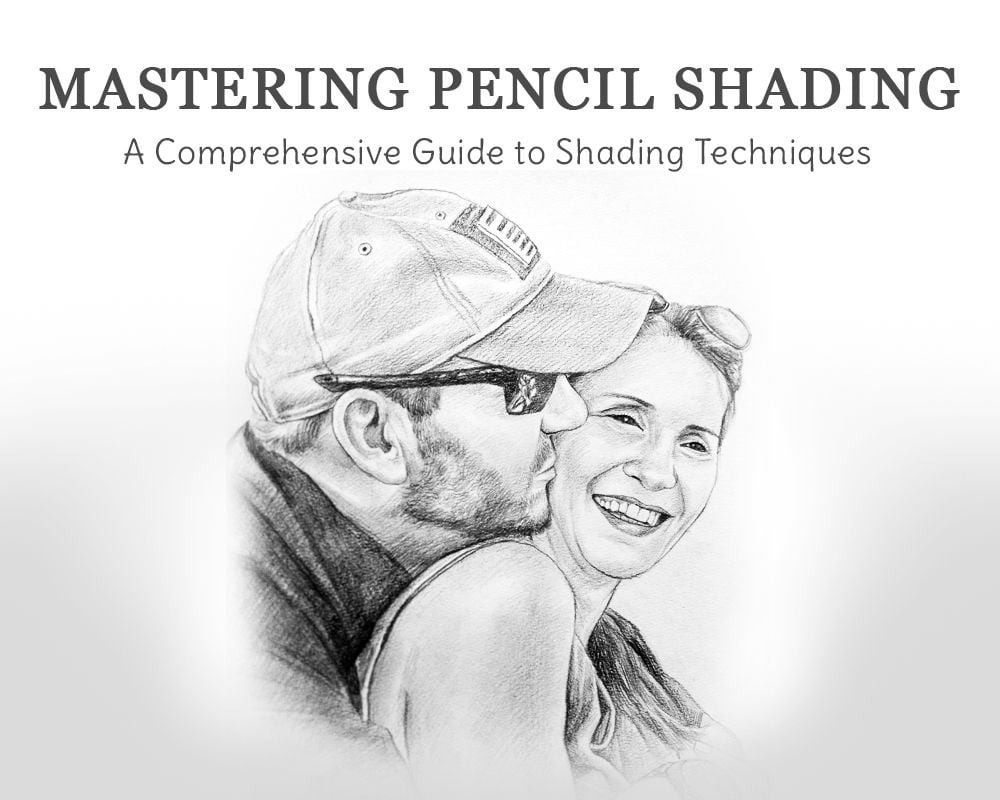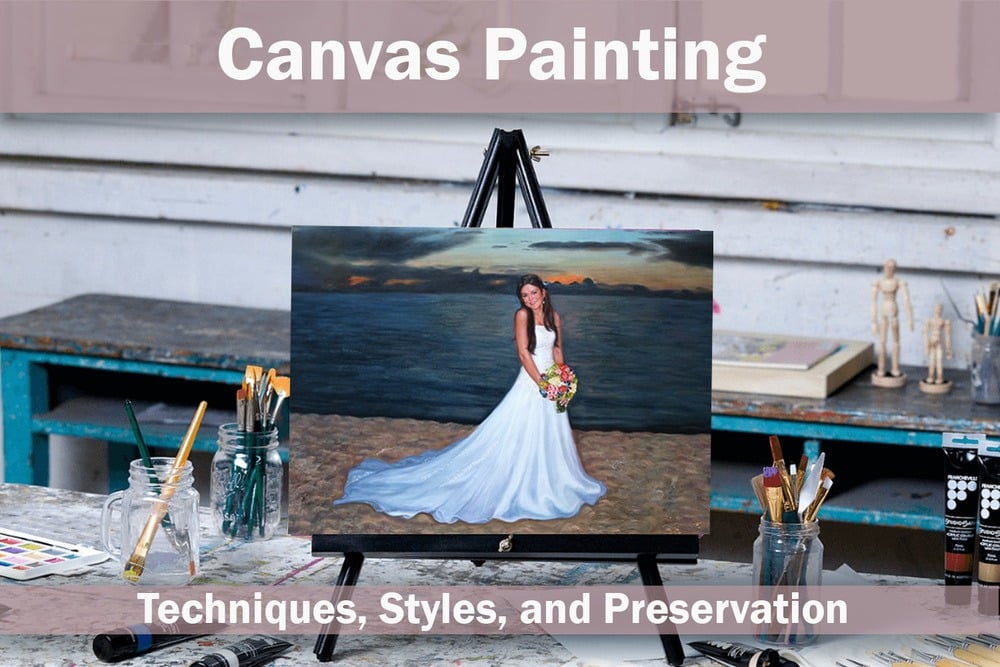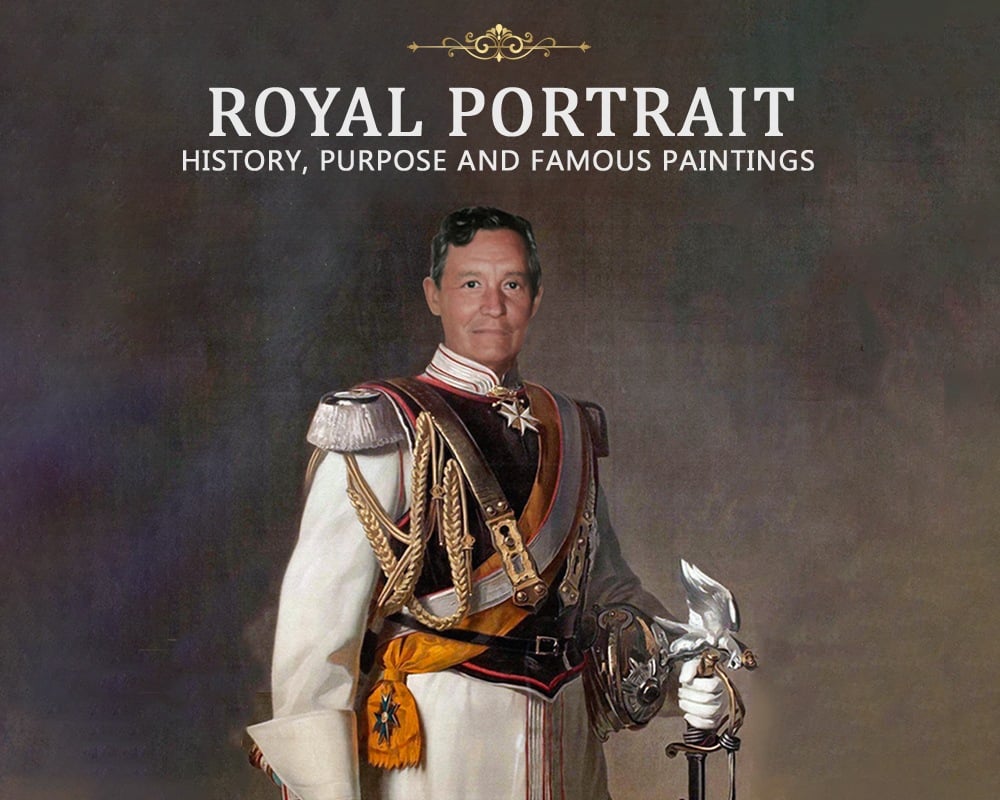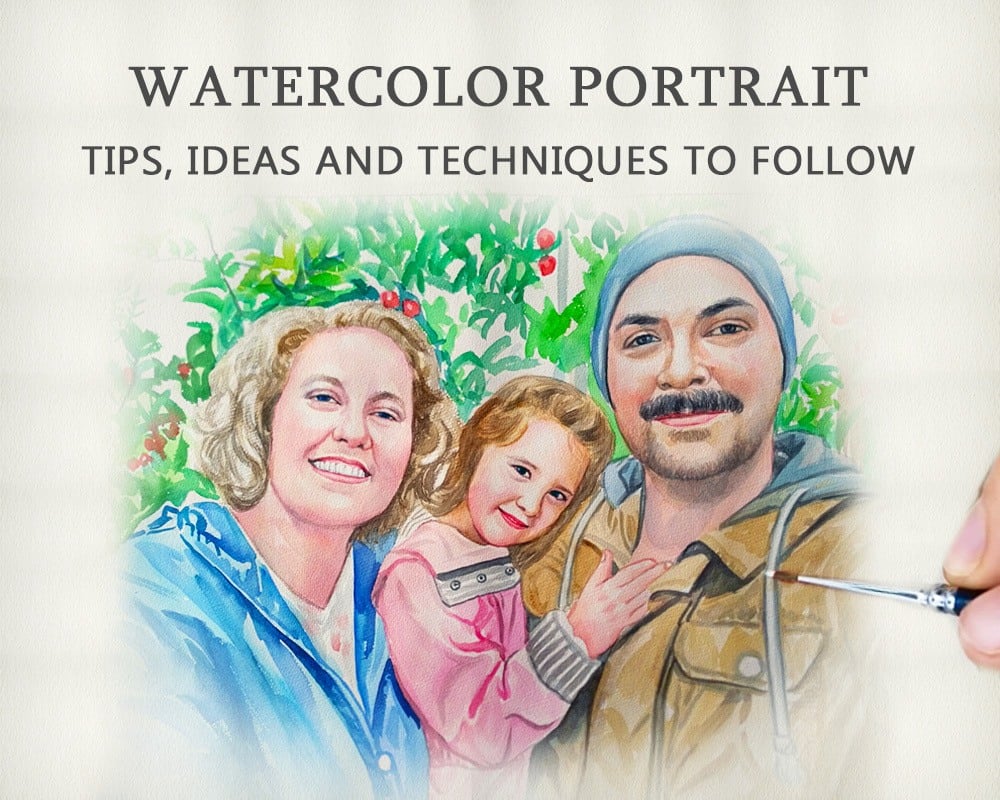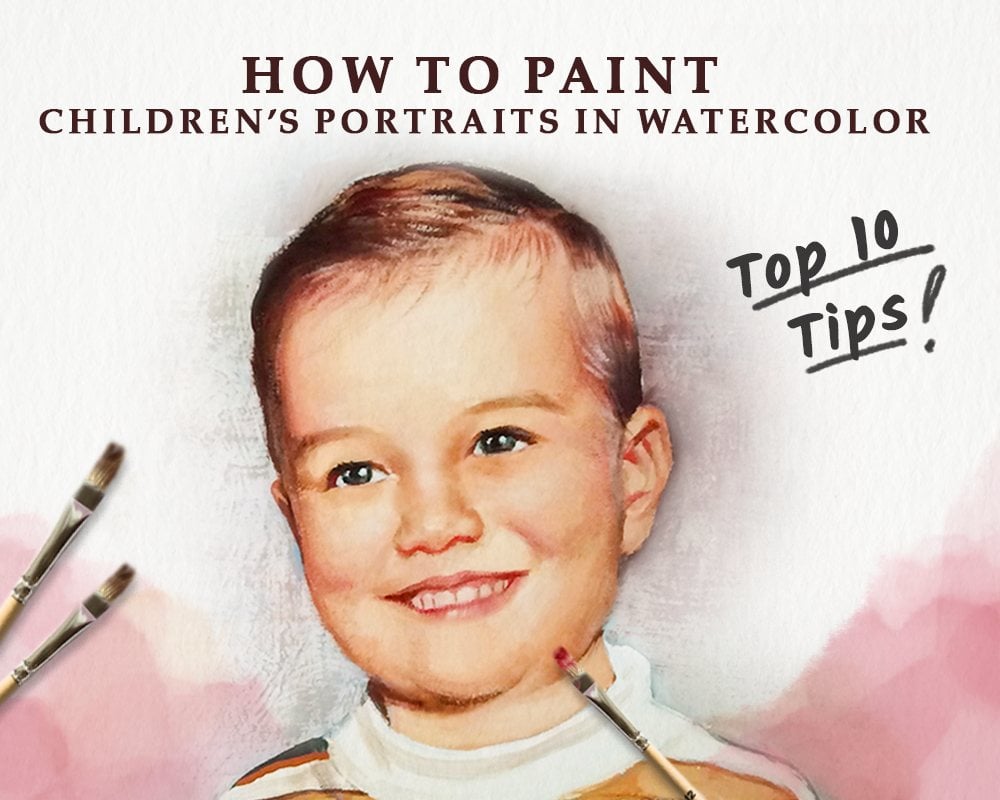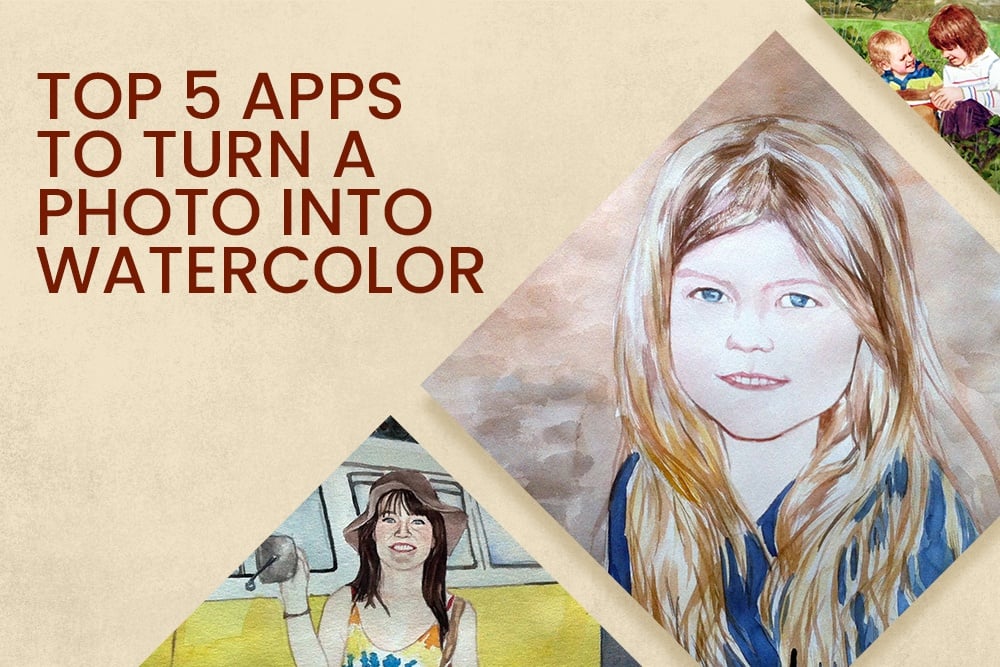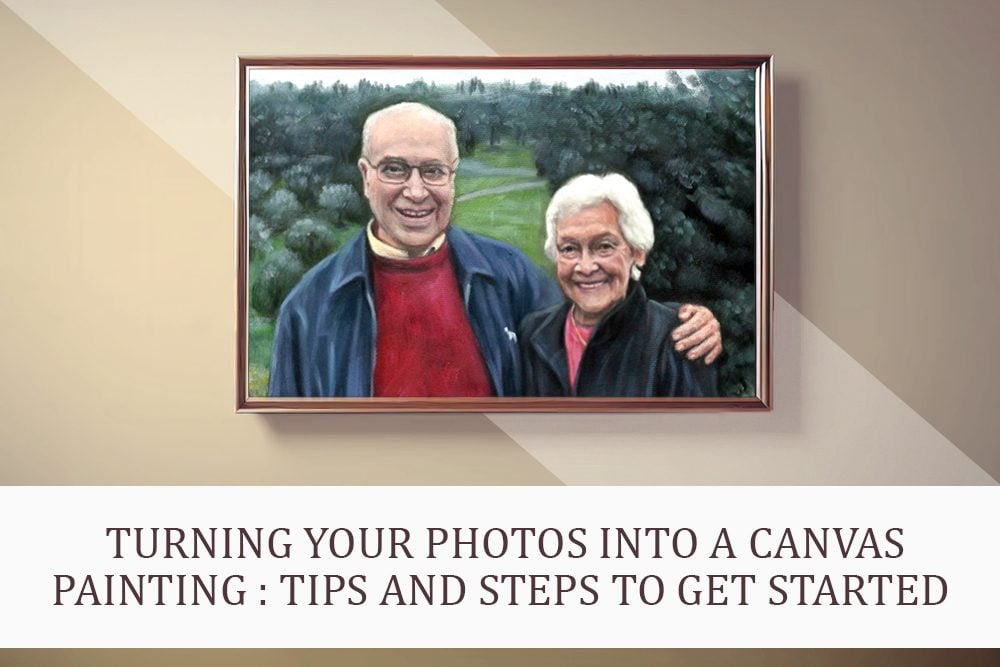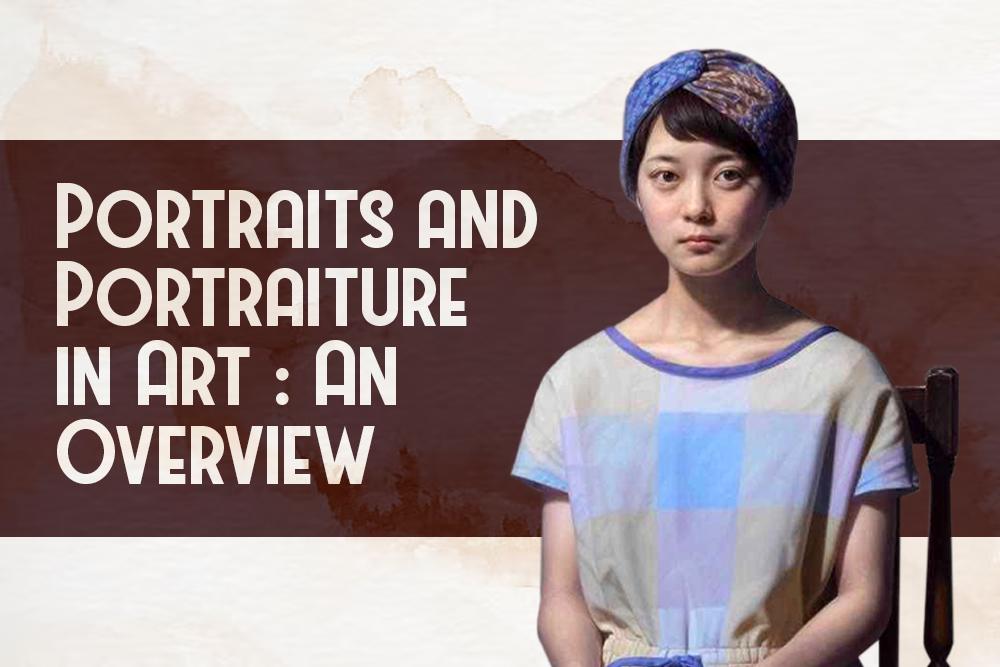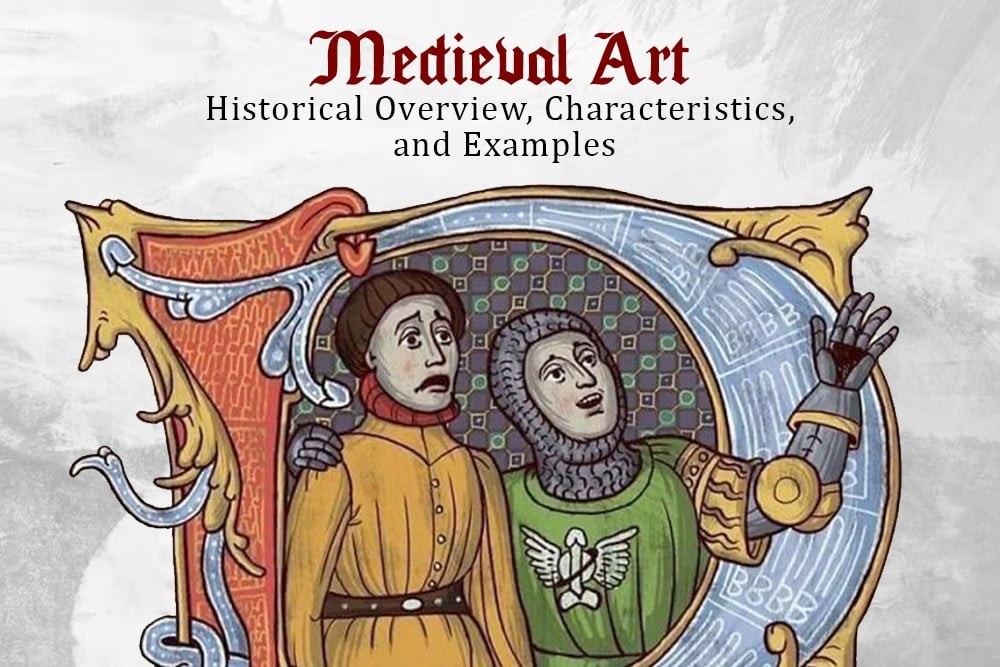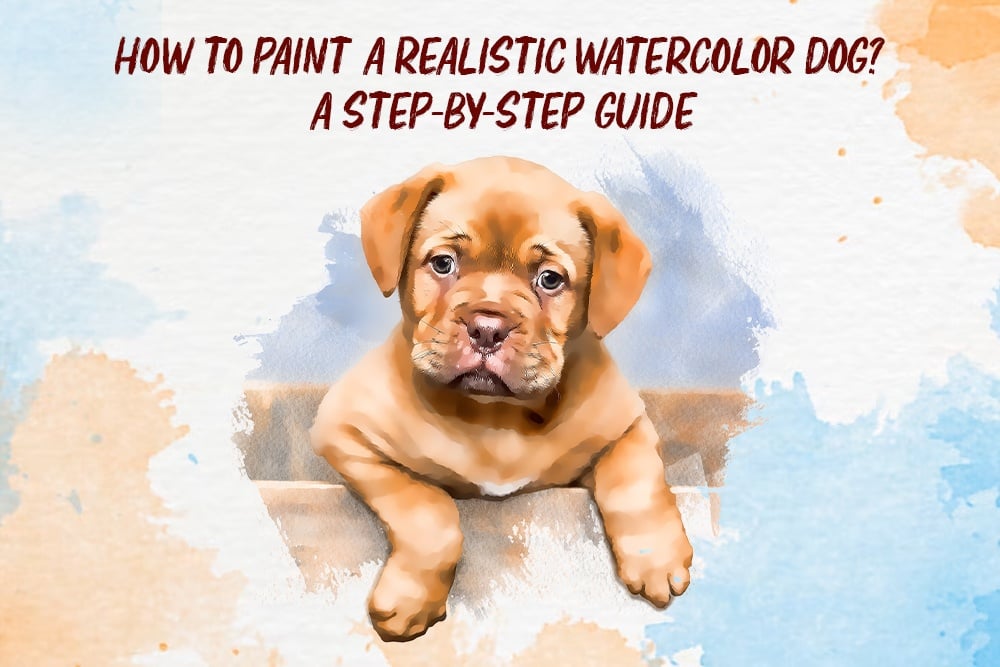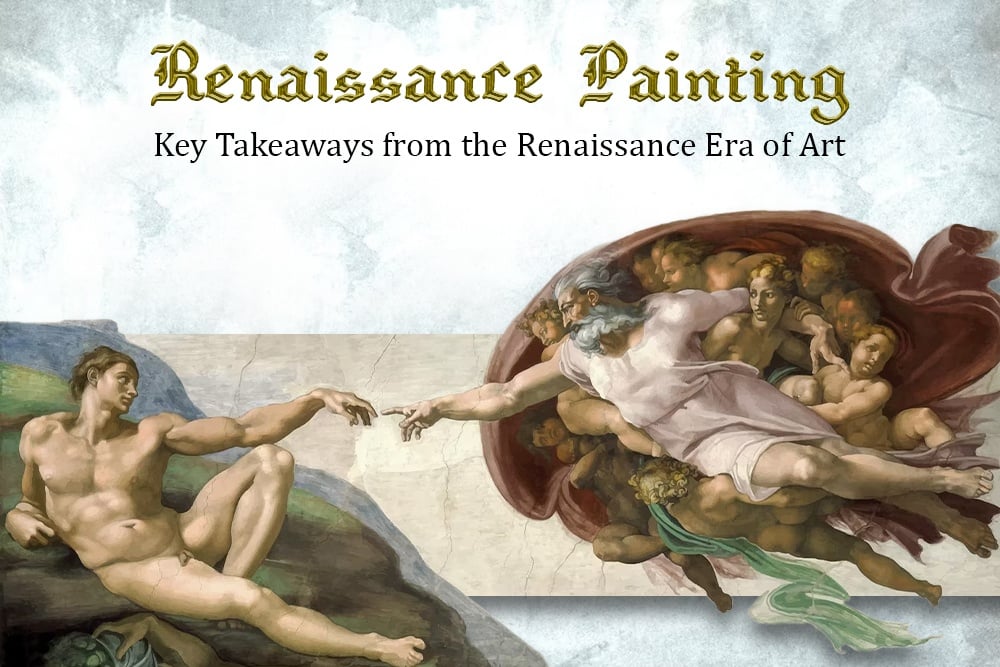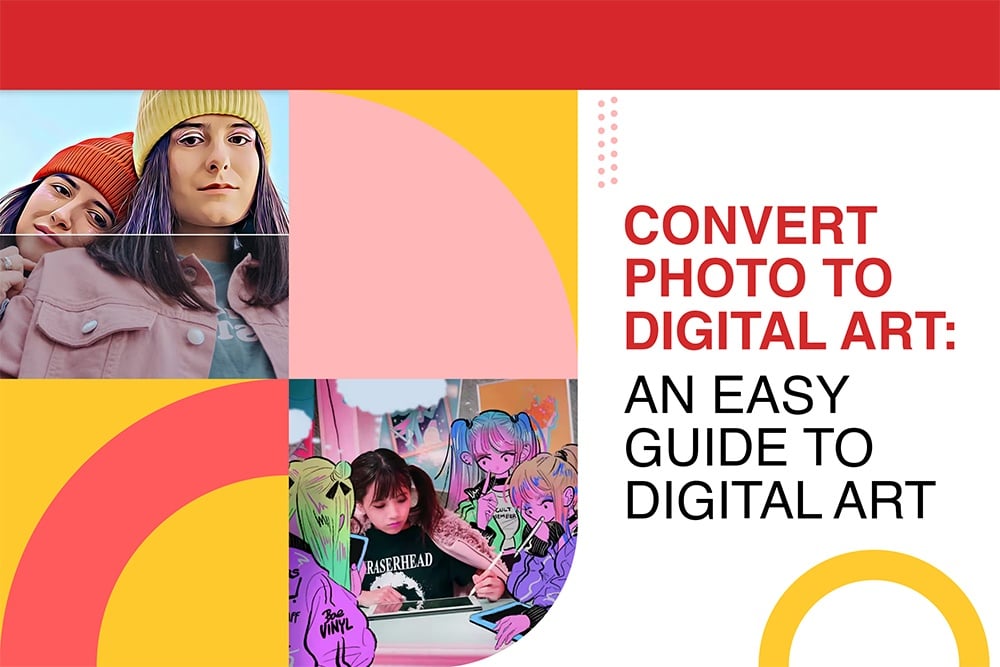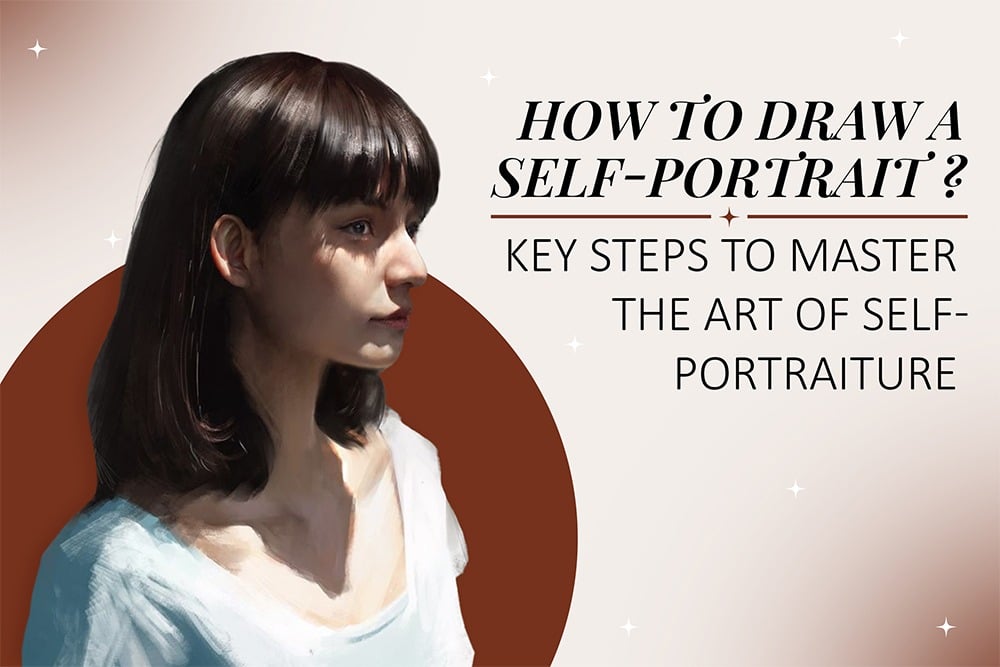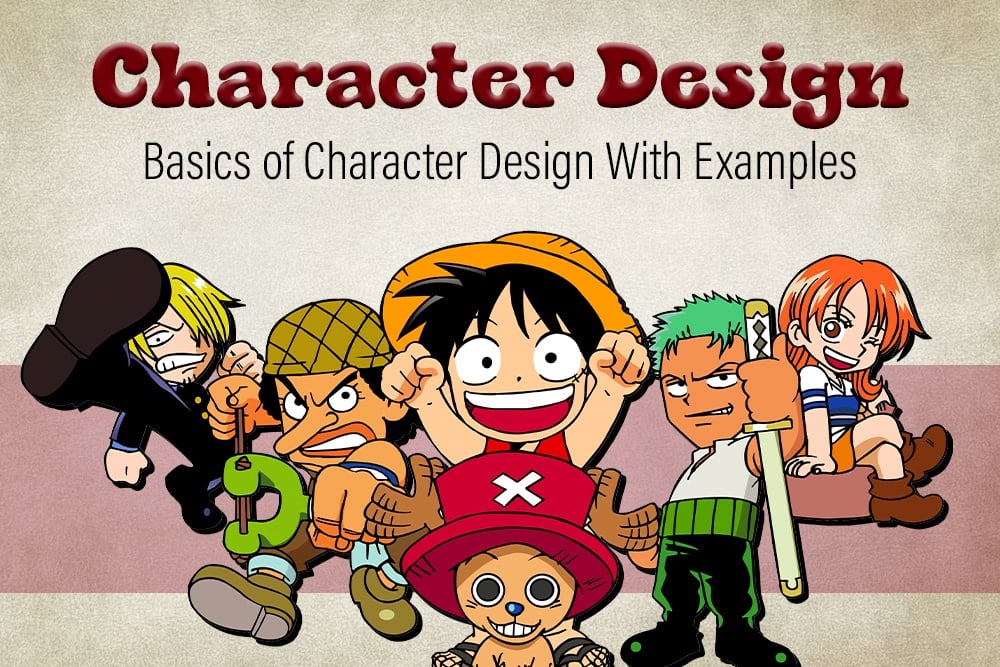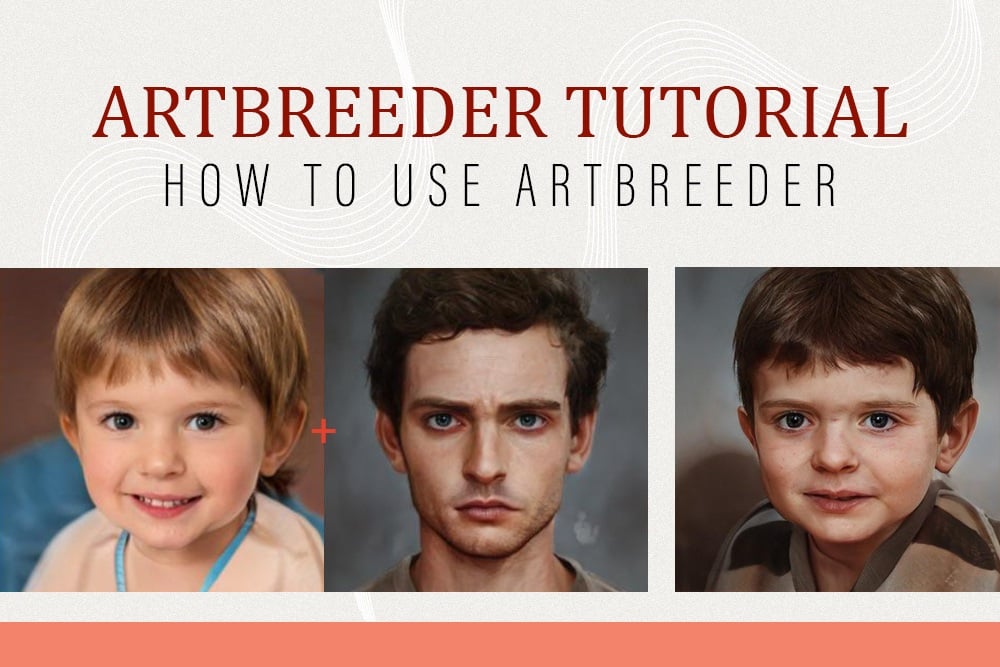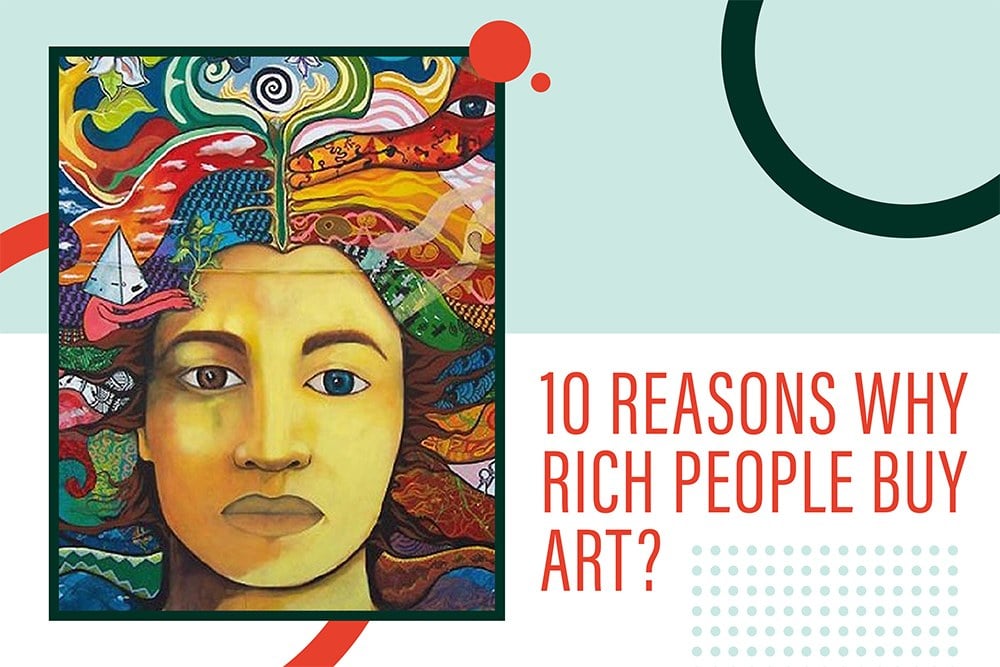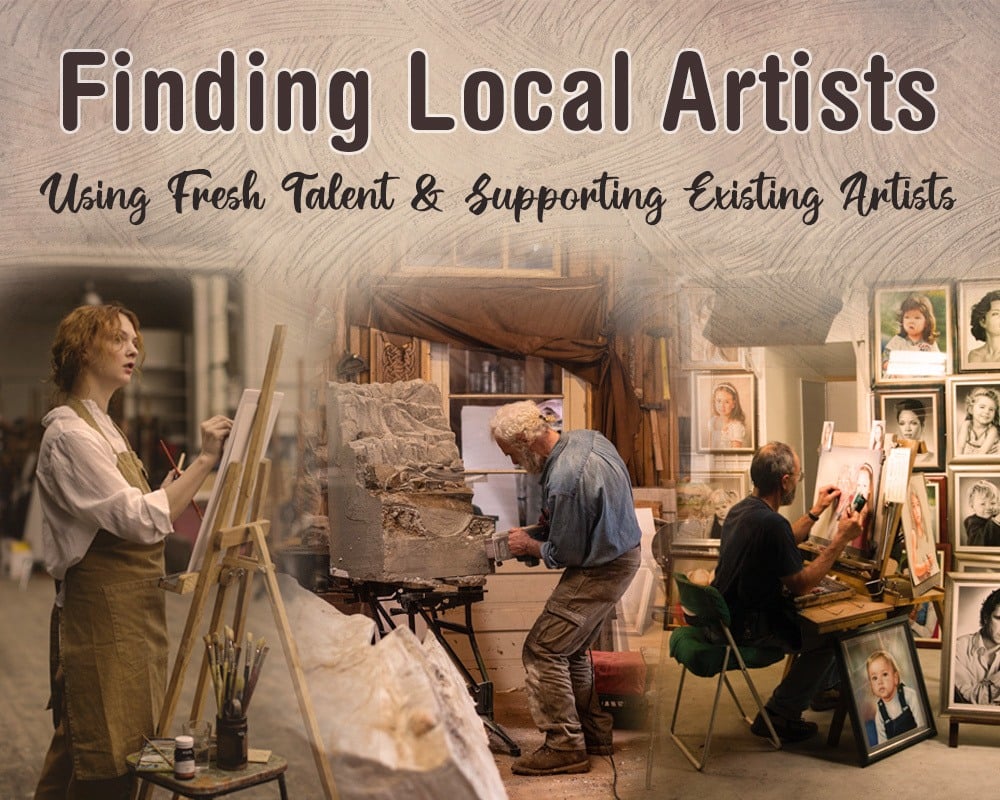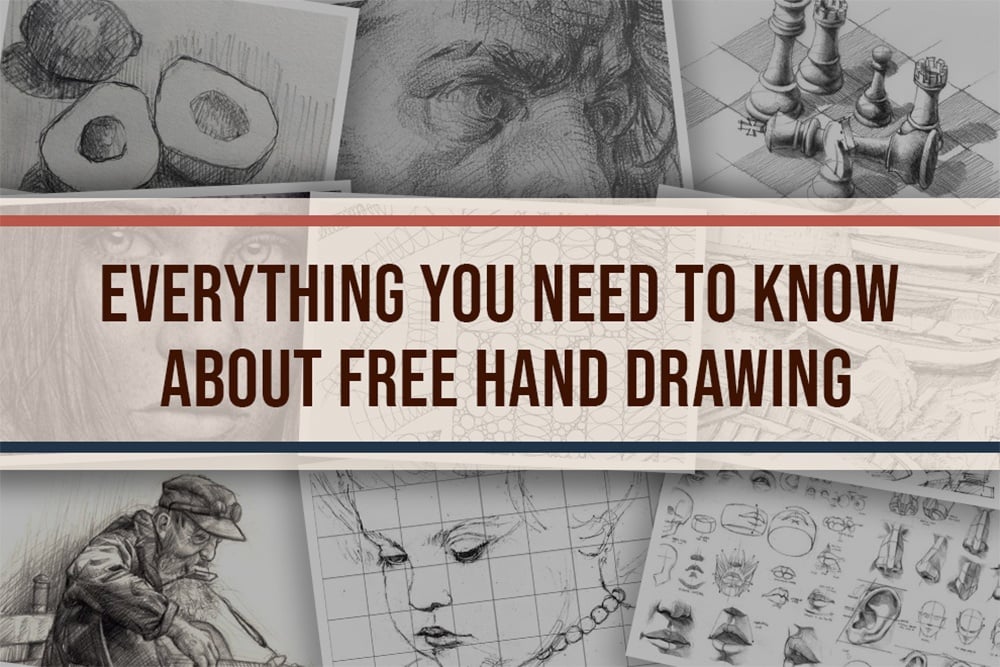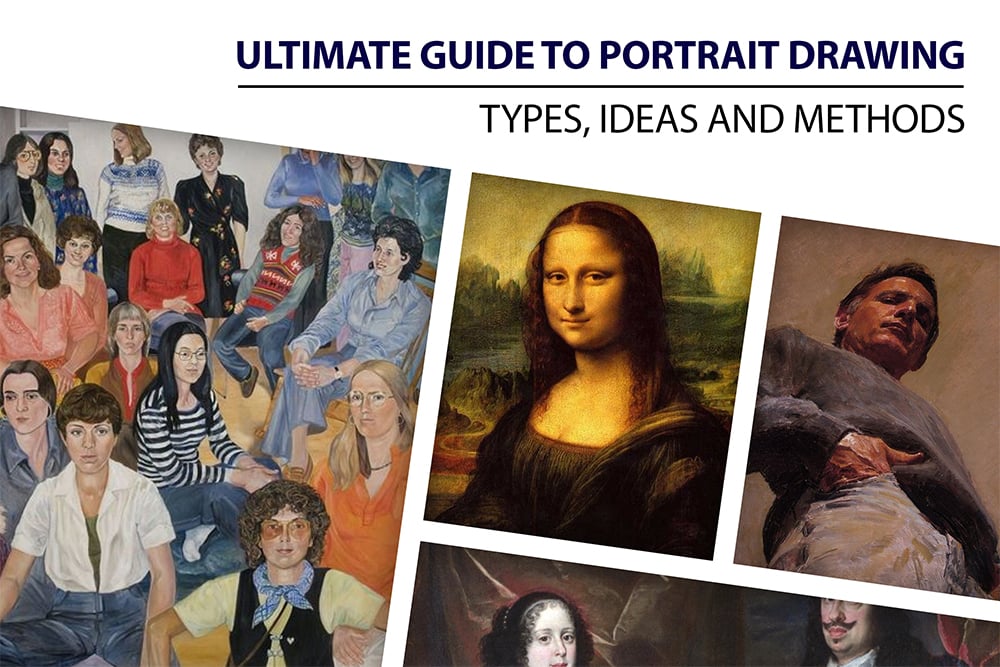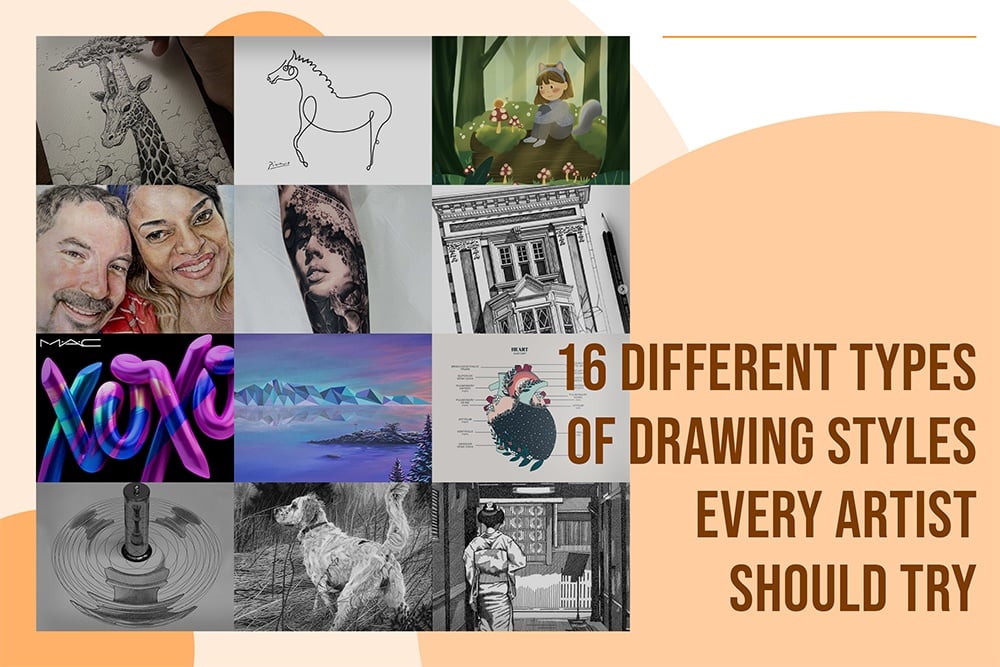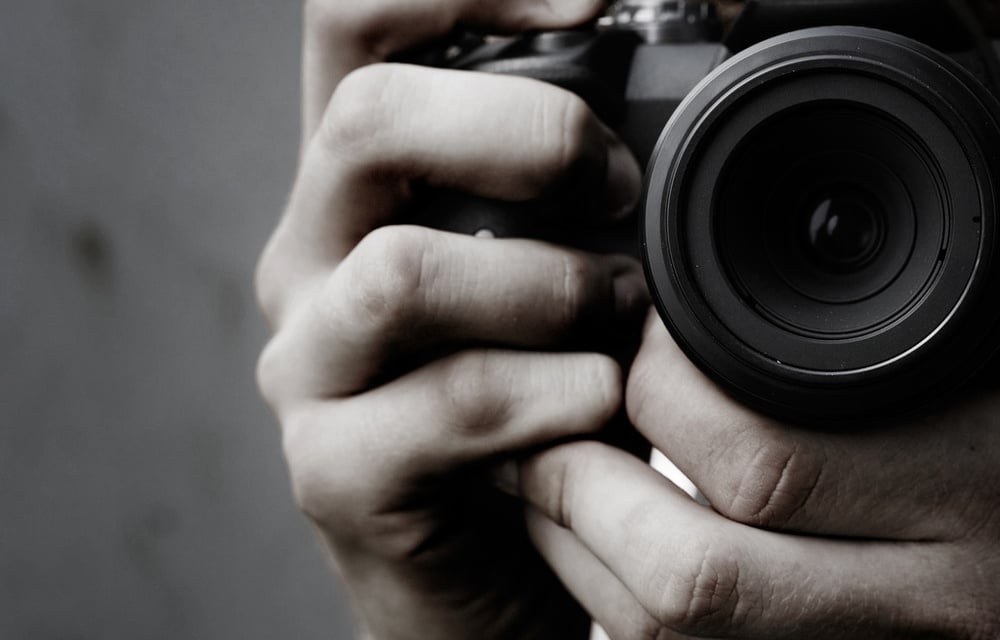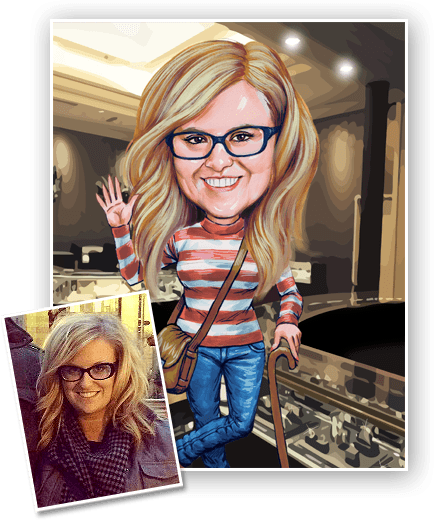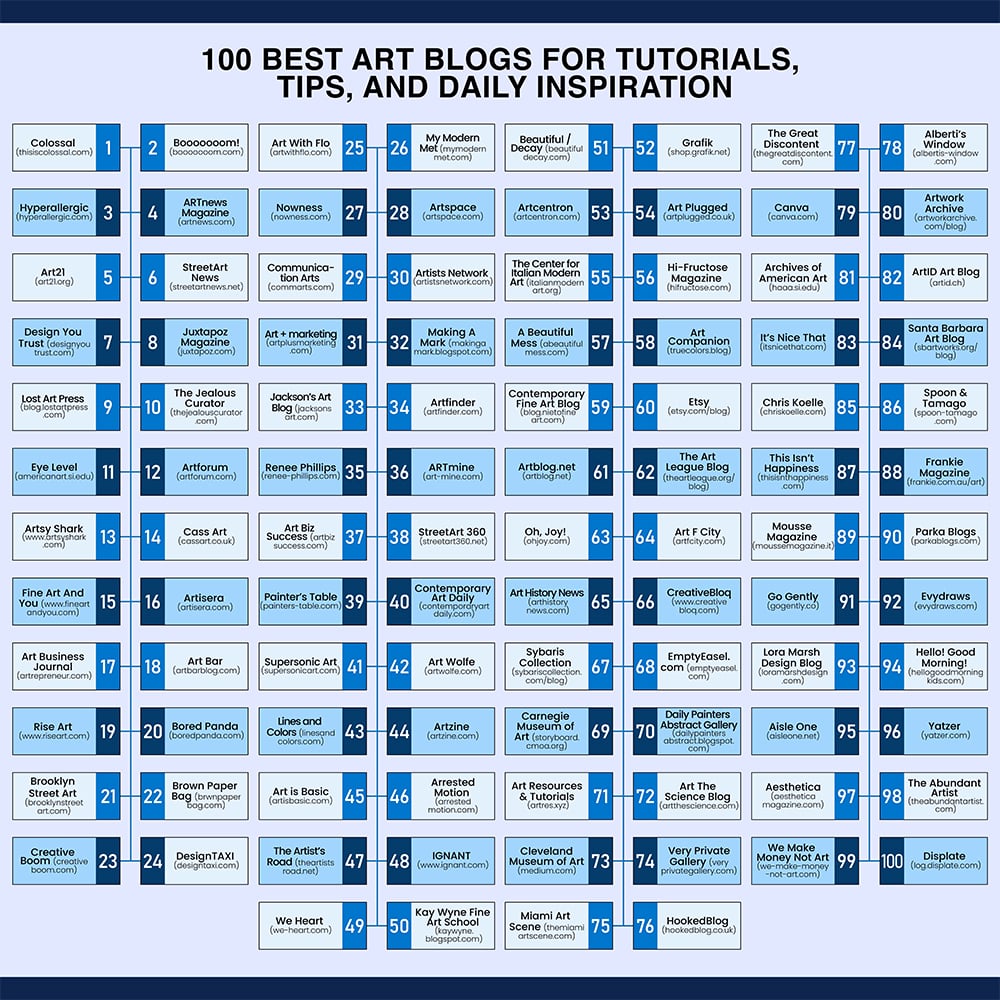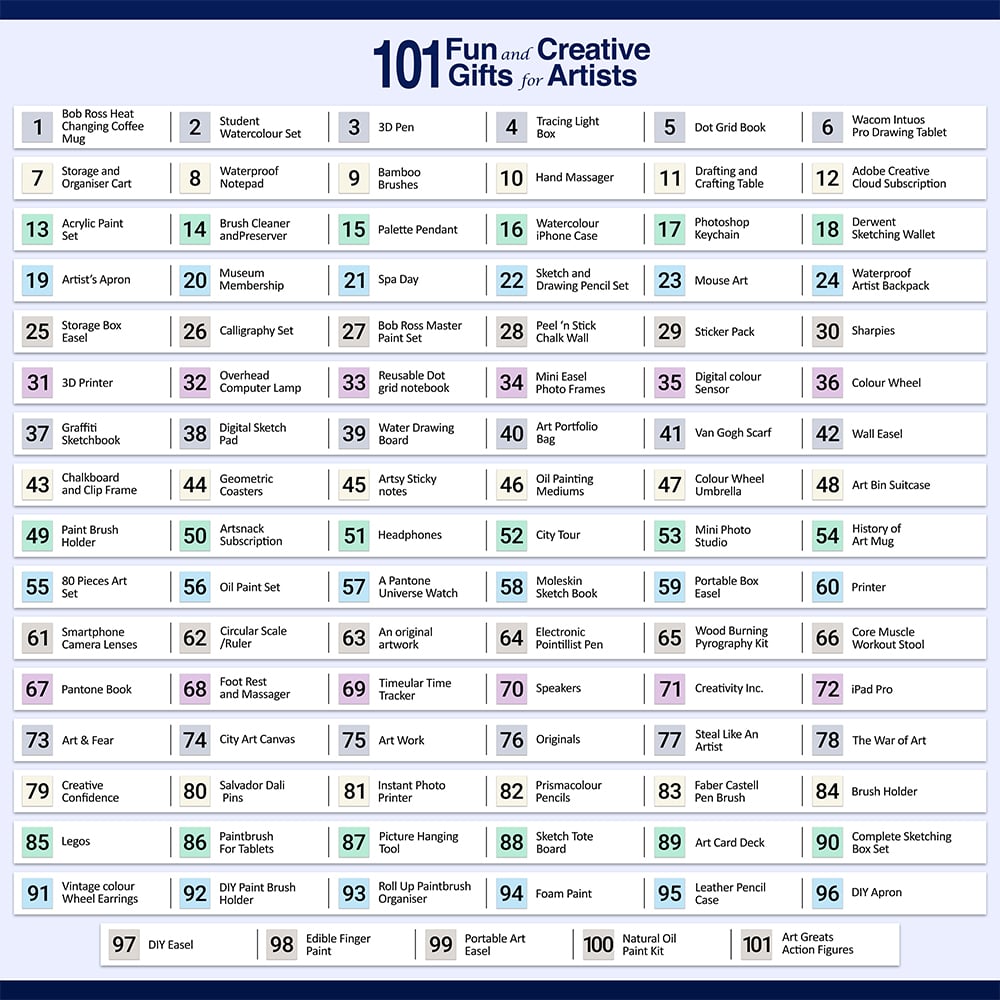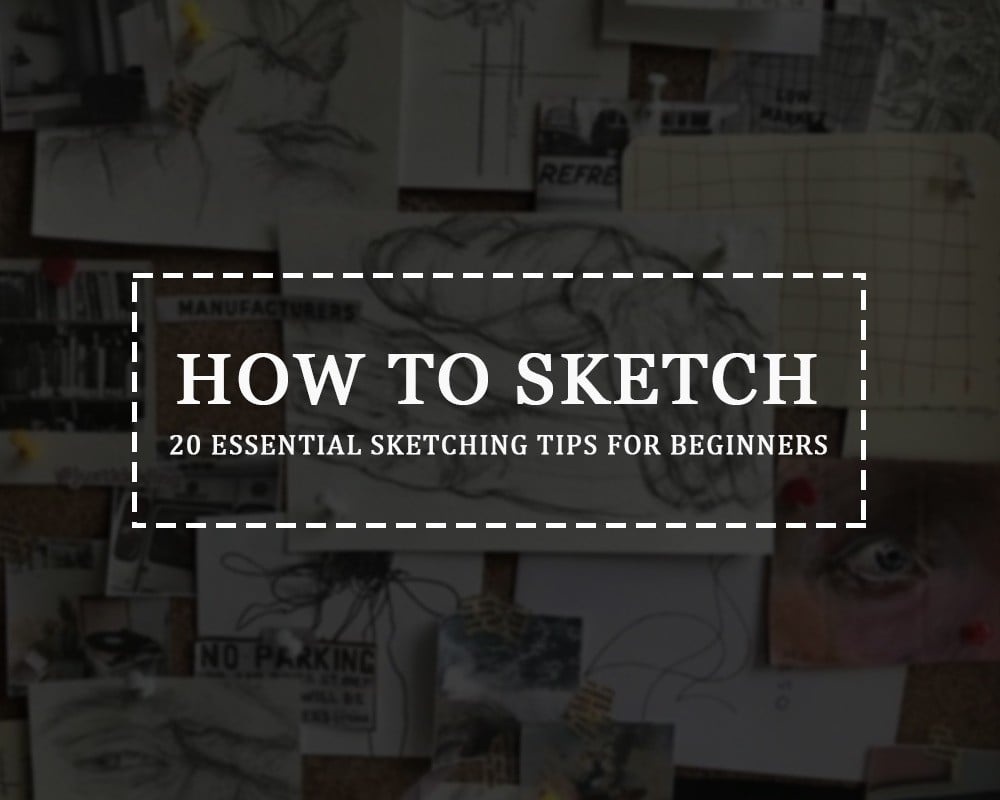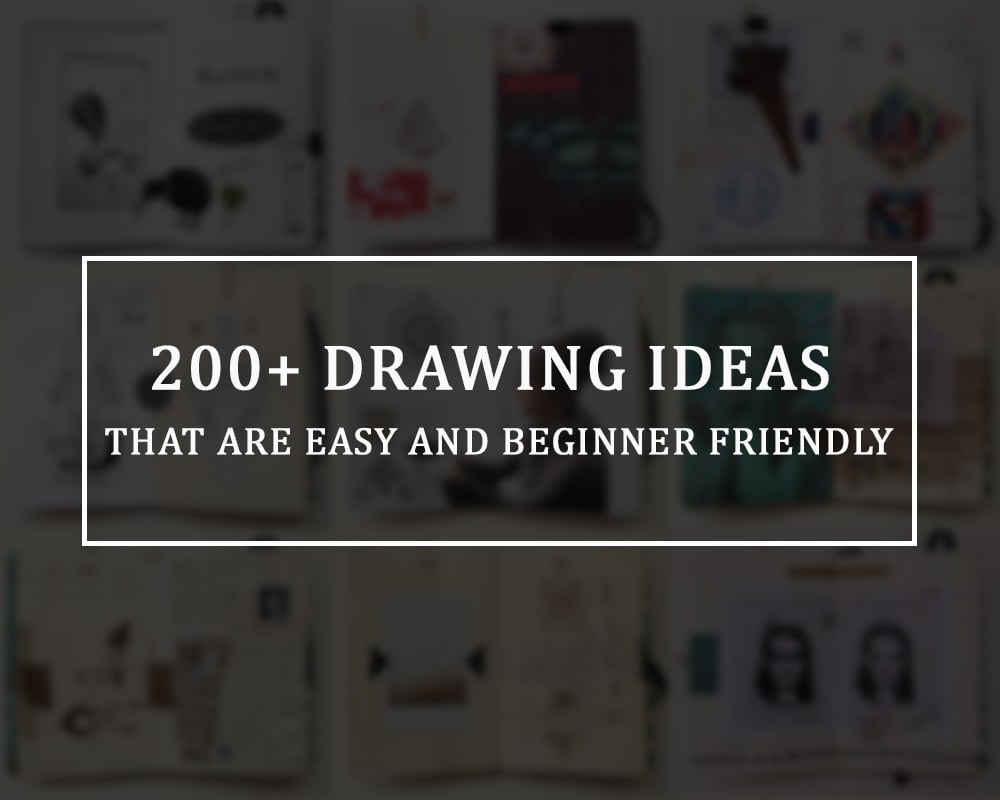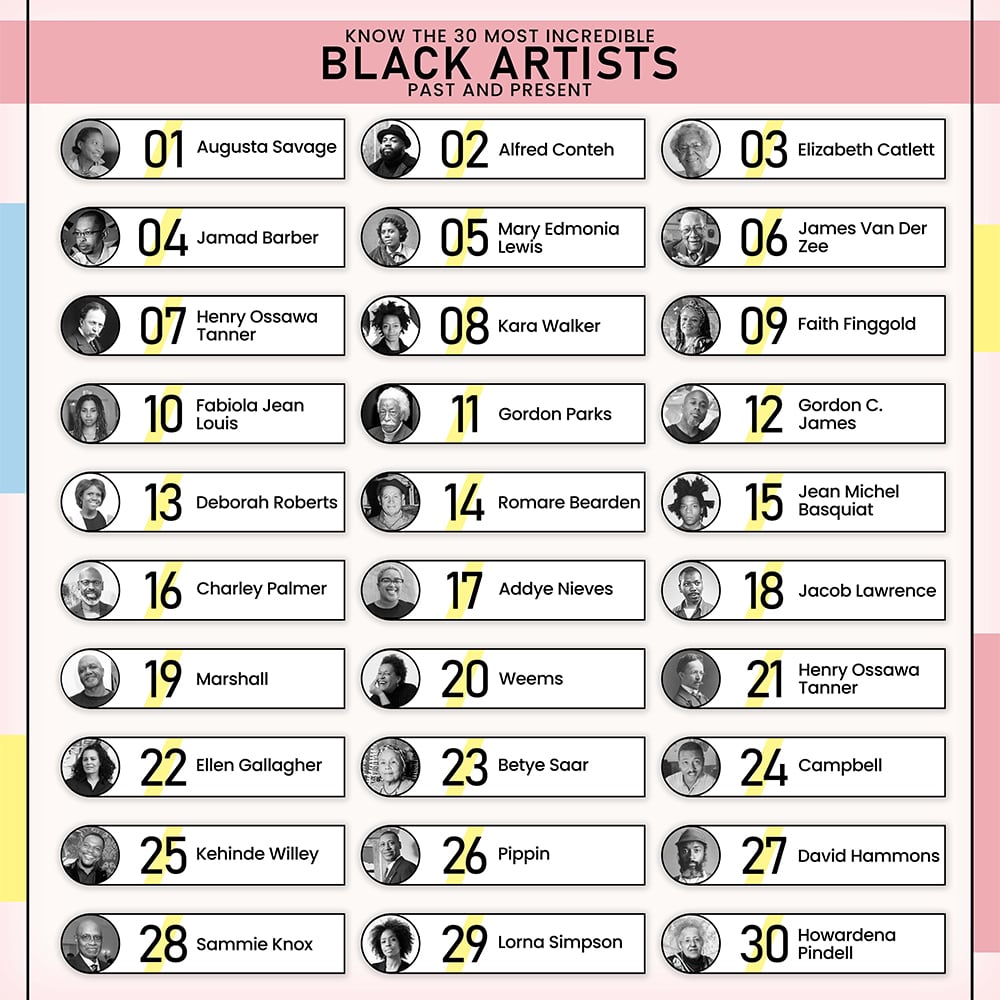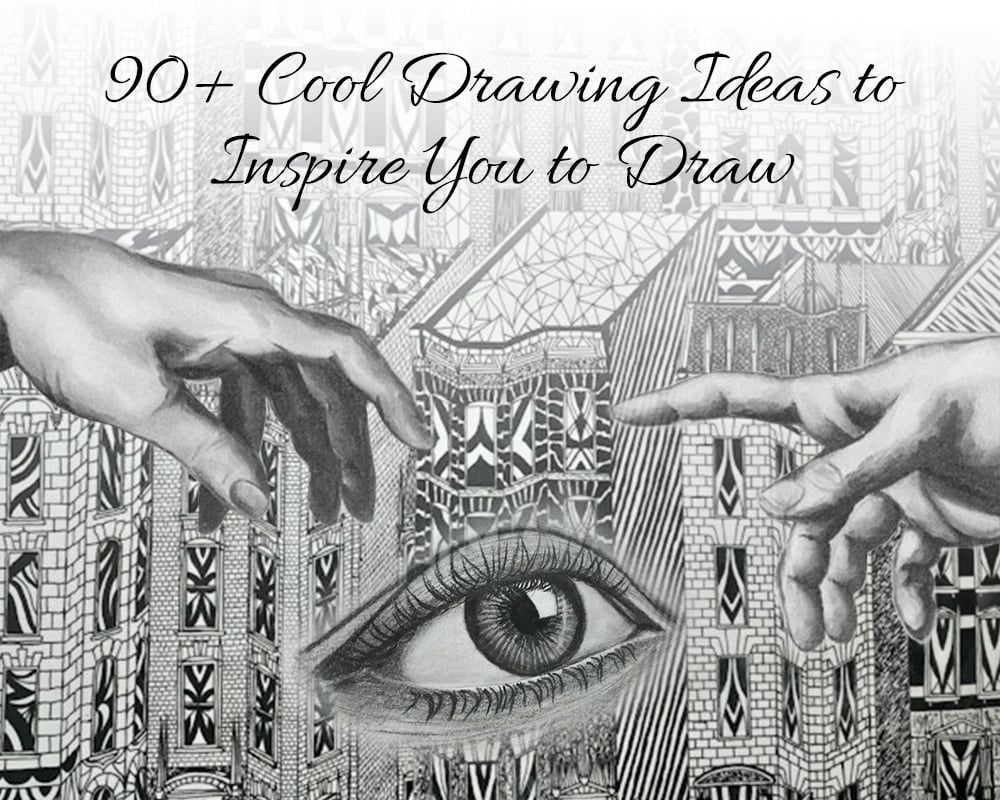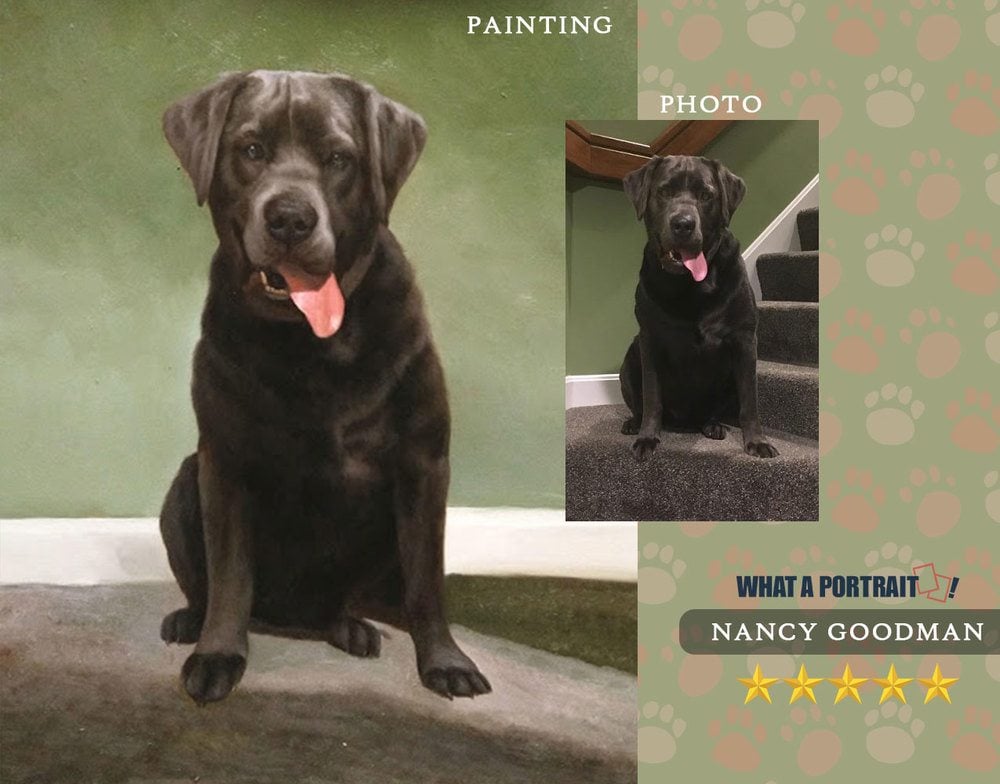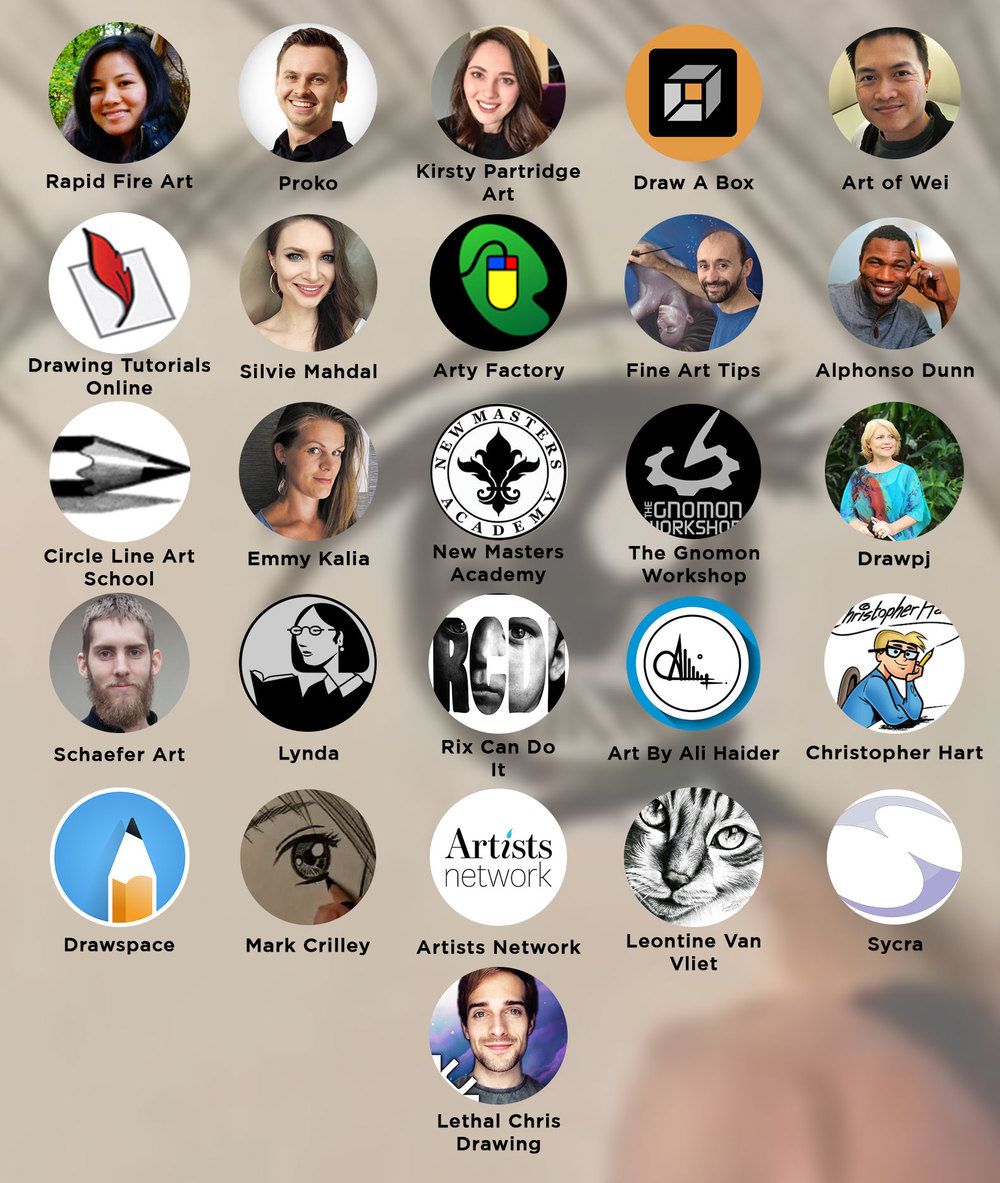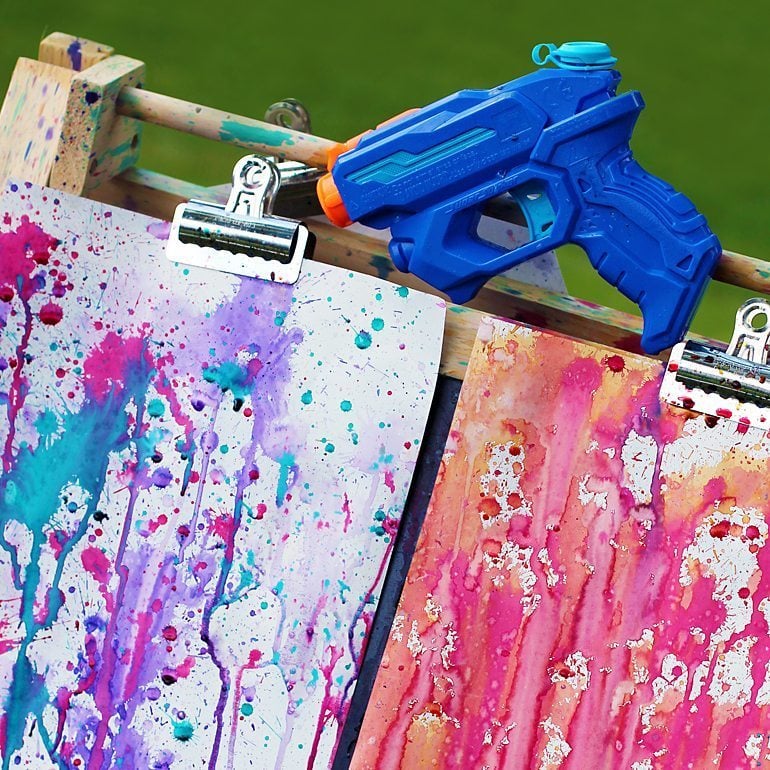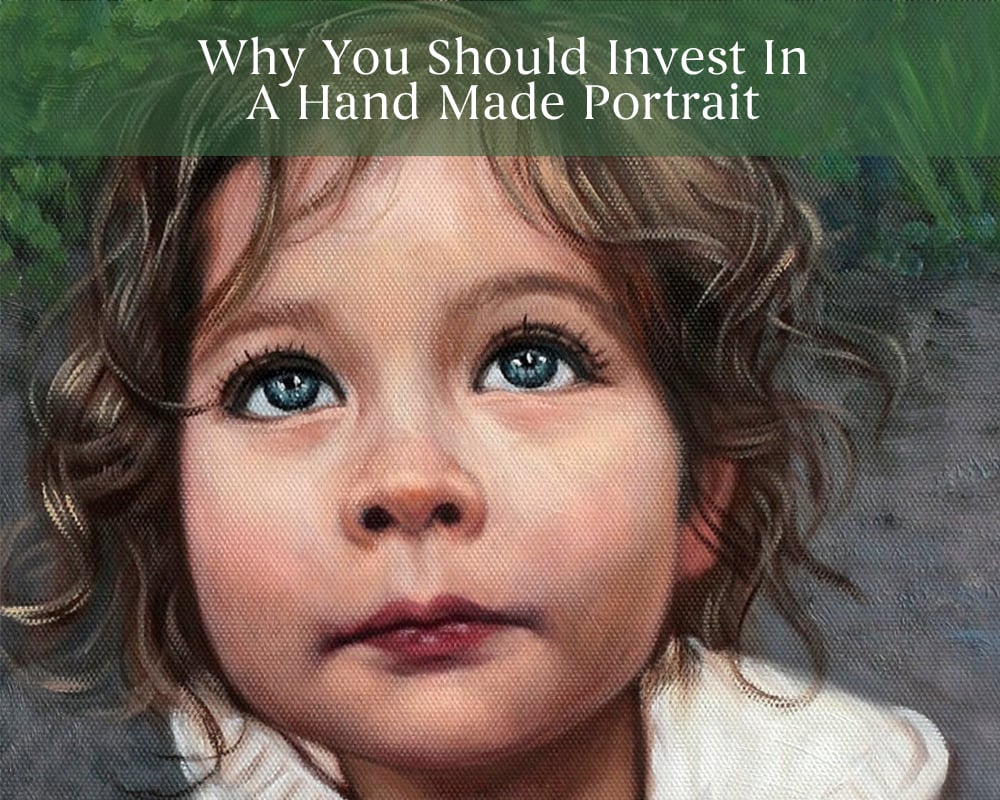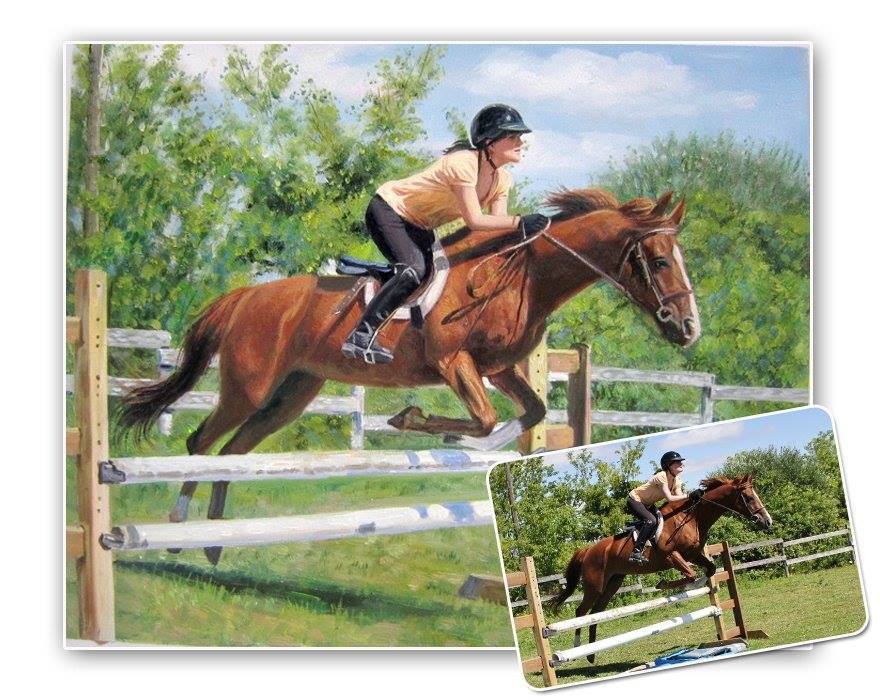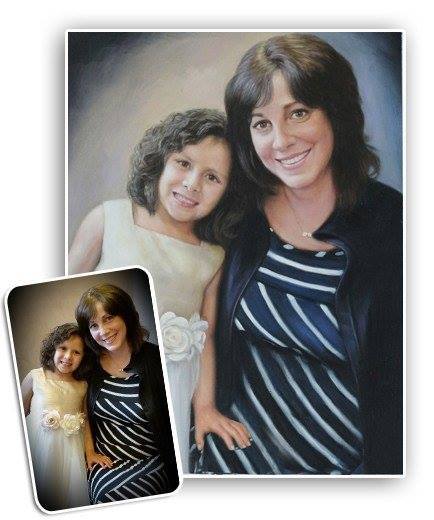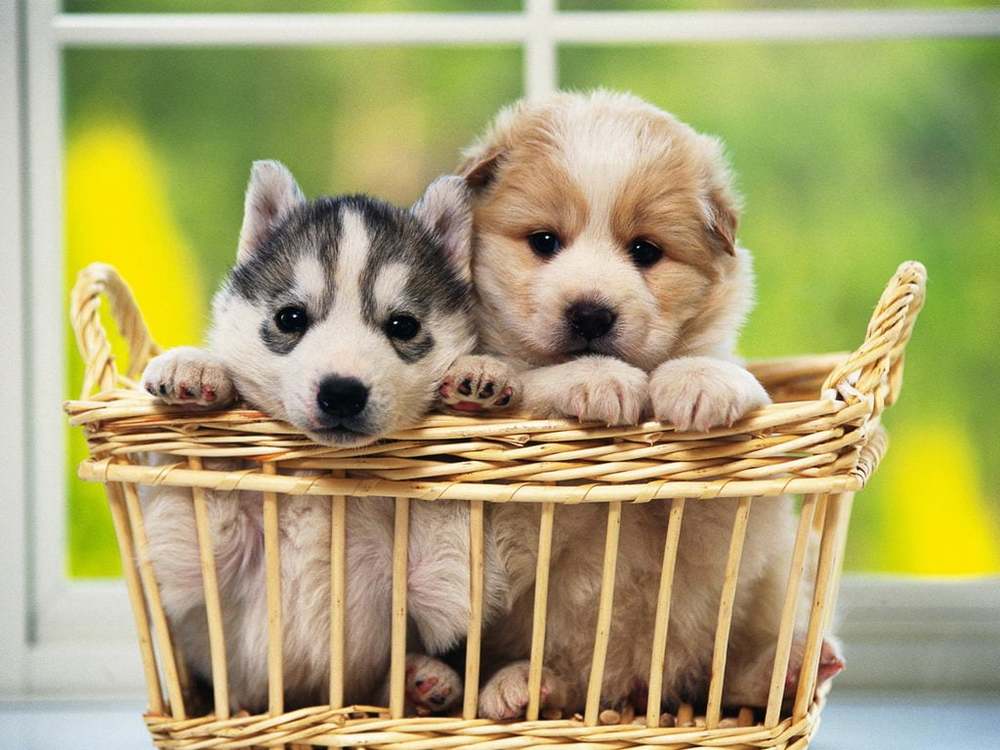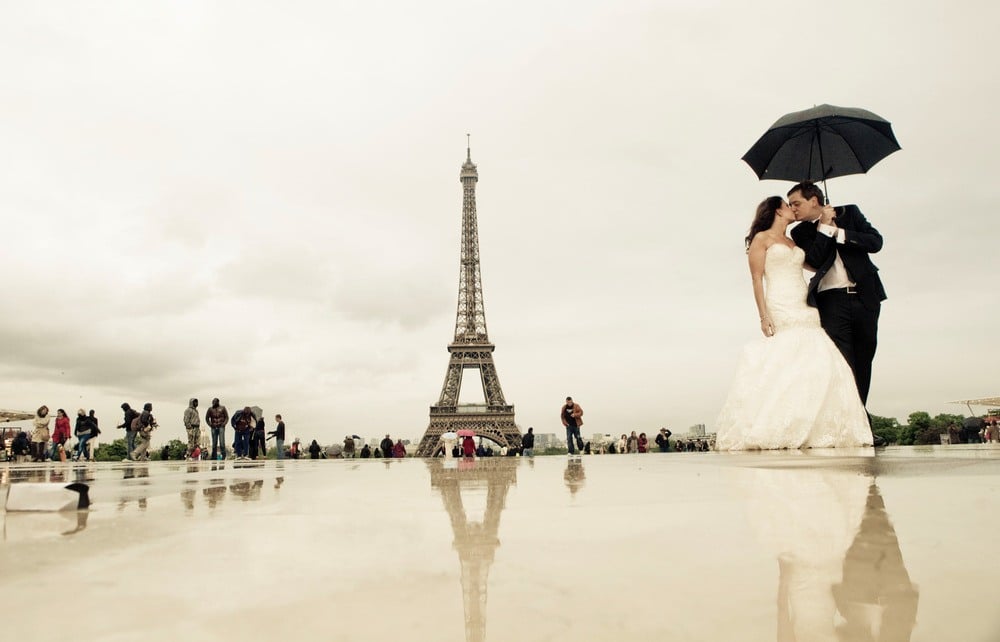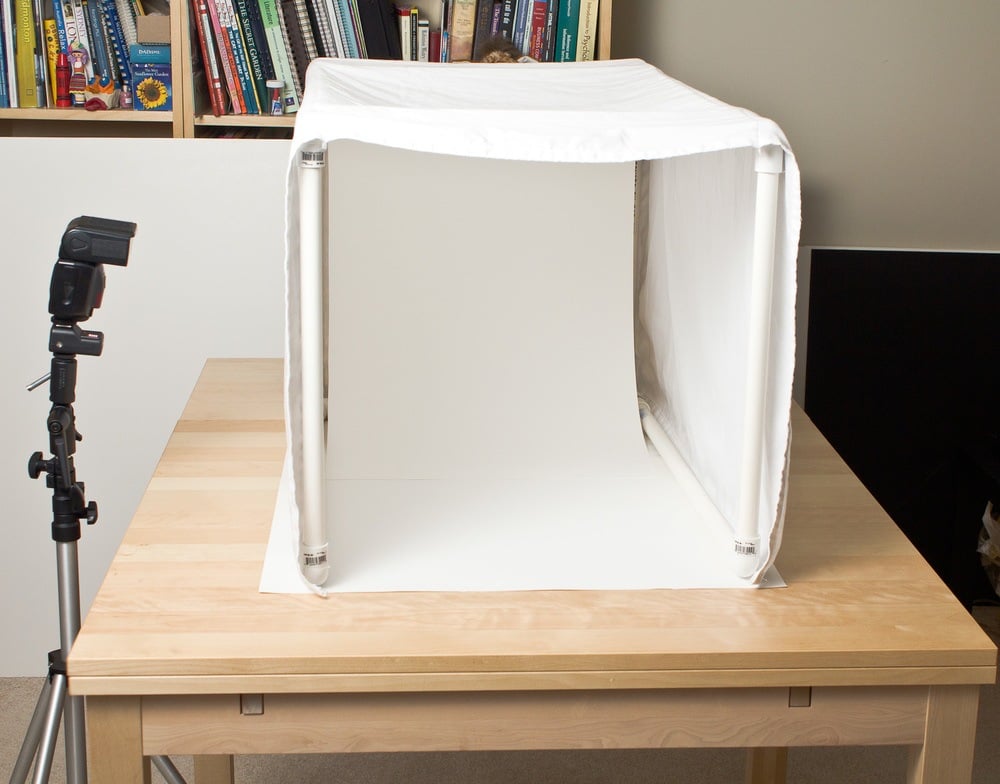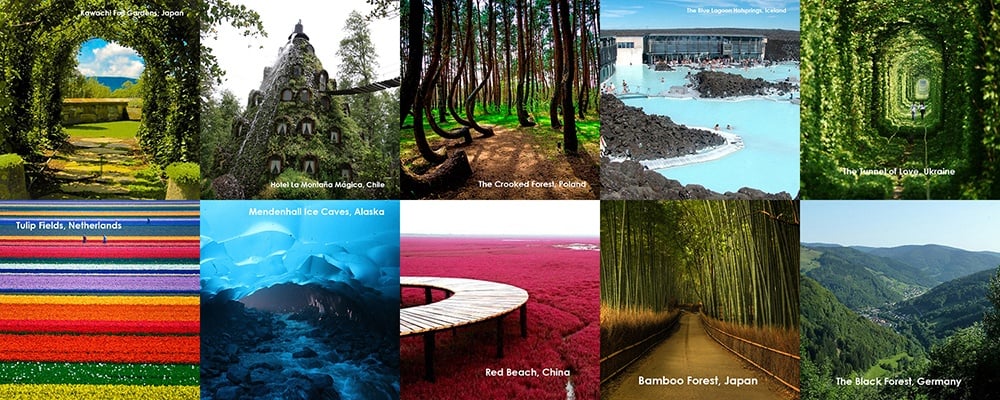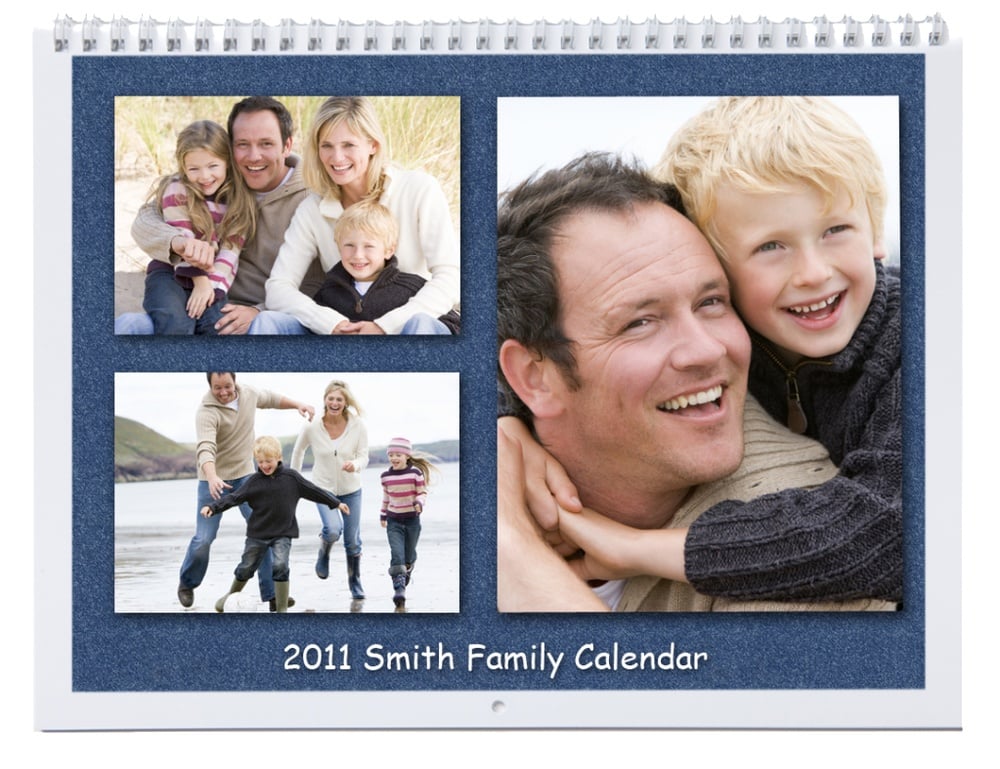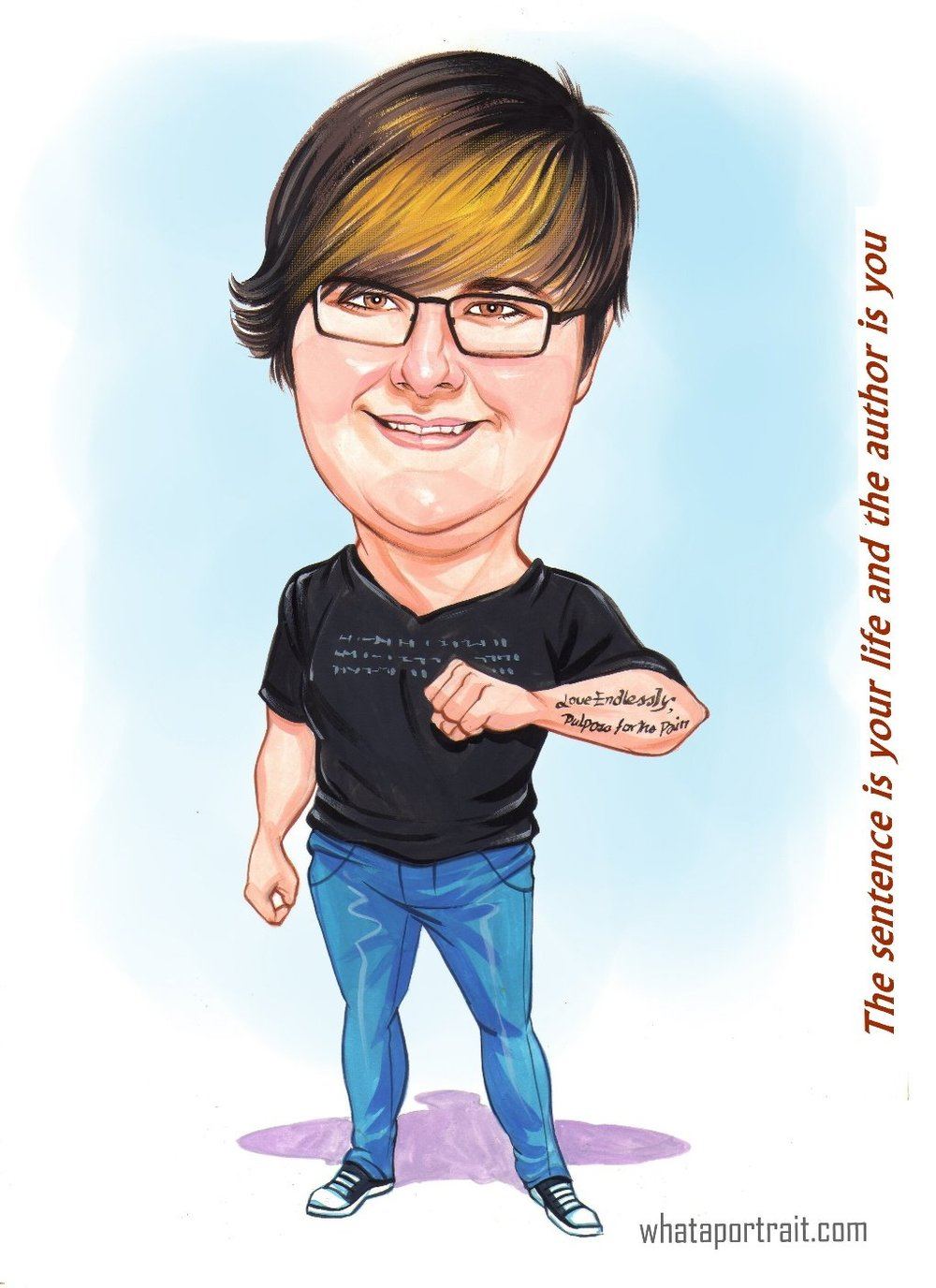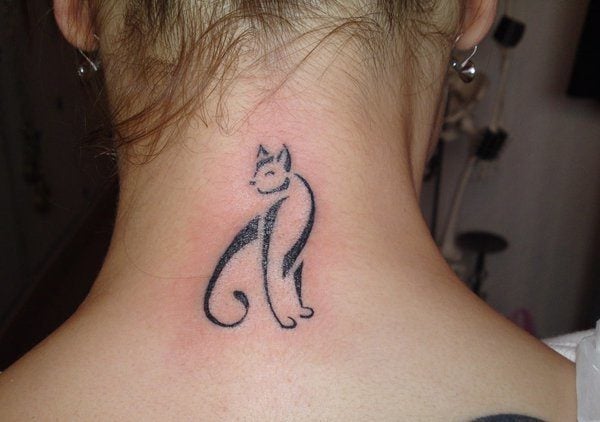Table of Content
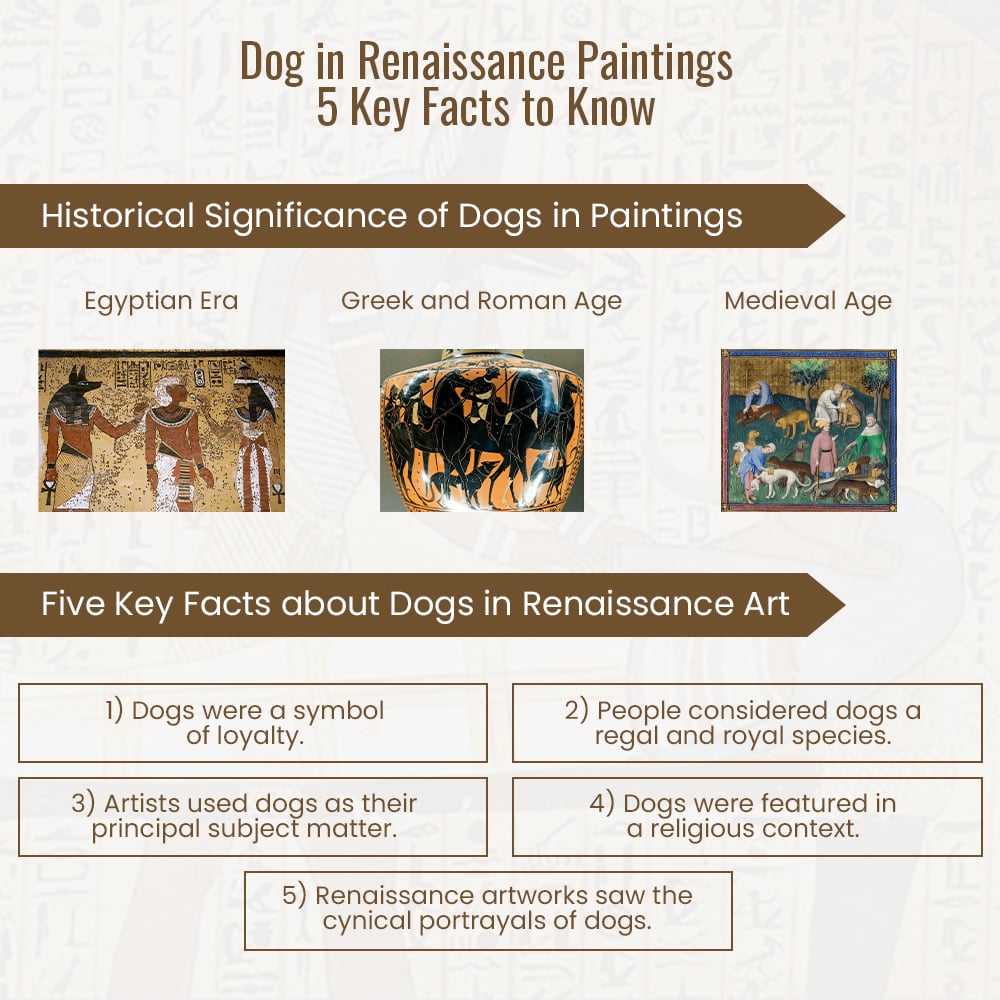
From the beginning, dogs have been human’s best friends. The relationship between a pet dog and the pet parents is one of the strongest bonds. Dogs have long served as guardians and companions for humanity.
Historical portraiture has witnessed the depiction and memorization of dogs. In the early centuries, dogs were a notable subject for artwork. Artists used dogs as metaphors and symbols of virtues and values.
Whether featured as pets or symbols of loyalty or protection, dogs have always had a place in historical paintings. Thus, let’s understand the historical significance of dogs in ancient civilizations' art and culture.
Historical Significance of Dogs in Paintings
● Egyptian Era
Throughout Egyptian civilization, dogs assisted humans in numerous ways. Ancient Egyptian dogs supported their masters in every manner they could. Dogs picked versatile roles like guarding, watchkeeping, or hunting.
Egyptians also had religious beliefs attached to dogs. They associated dogs with Anubis, their canine-headed patron deity. Anubis was the God of death, mummification, and the afterlife. Thus, people felt that dogs were their guides in the immaterial realms beyond life.
The devotion and affection of individuals for their canines extended past the world. They gave spiritual importance to them by burying mummified dogs in their owner’s coffins or beside them.
Many Egyptian works of art, including pottery dishes, tomb inscriptions, and statues, feature dogs as human’s main companions. People valued dogs and kept them as domestic animals in their families.

Credit: Fine Art America

Credit: Artnet News
● Greek and Roman Age
People appreciated dogs' faithfulness and bravery during the ancient Greek and Roman eras. They preferred dogs to cats and used them for hunting, herding, and gifting. Romans presented dogs to their loved ones as a symbol of love and affection.
The Greeks also viewed dogs as the messenger between the physical world and the afterlife. Humans regarded dogs as guardians of the universe and holy keepers of other worlds. The Roman army used large guarded hounds for battles and wolf-hunting. Women kept the lap dogs as small companions and also to showcase royalty.
The Roman and Greek ceramics had dogs painted on them, signifying loyalty and dedication. Terracotta statues with paw prints and impressions were also prevalent. The classical Greek models of patrons with their canines inspired many Roman artworks.


Credit: Wikipedia
● Medieval Age
In medieval art, hunting scenes were prevalent. Hunting was an exclusive sport of the nobles and an essential aspect of court etiquette. People considered hunting with hounds and hawks a regal and royal activity.
The aristocrats bought many dog breeds, like Spaniels, greyhounds, and mastiffs, for hunting. These breeds were expensive, and only the elites could afford them. Many laws even prohibited commoners from purchasing costly dogs and entering the hunting grounds.
Thus, most middle-era paintings have hunting scenes of nobility with their dogs on chasing grounds.
Engravings of dogs at the tombs of their deceased masters were also common. These dog images depicted fidelity and affection.

Credit: Renaissance and Regency

Credit: History Today
Aristocrats often presented their canines in banquets to showcase wealth, power, and taste. One such remarkable example is the famous illuminated manuscript, ‘Les Tres Riches’ by the Limbourg brothers. The manuscript portrays a greyhound lying on the floor before the buffet table. This Renaissance pet reflects the high status of the duke hosting the banquet.

Credit: Getty
Five Key Facts about Dogs in Renaissance Art
Renaissance art brought a welcoming change in society. As artists moved towards humanism, people saw a decline in the portrayal of biblical scenes. Humans, animals, and other mythical creatures became the main subjects of paintings.
People saw the massive presence of dogs in Renaissance artwork. Artists used dogs to illustrate mythological meanings and represent society's contemporary attitude. Let’s explore the five key facts about dogs in Renaissance art:
1) Dogs were a symbol of loyalty.
The Renaissance artists pictured dogs in their paintings to symbolize faithfulness and fidelity. Most artwork related to marriage had dogs signifying the purity and unconditional love among partners. Dogs depicted the loyalty two persons had for one another.
A remarkable example of a Renaissance pet representing marital fidelity is Jan Van Eyck’s ‘The Arnolfini Portrait.’ This double portrait depicts the Italian merchant Giovanni Arnolfini with his wife in a residential setting.
While some claim that the Renaissance pet in the portrait conveys the commitment between husband and wife, others argue that it represents the couple’s desire to have a child. Unlike the couple, the little dog gazes directly at the viewers, trying to grab the viewer’s attention.

Credit: Wikipedia
Another fine example of a Renaissance painting having a dog is Titian’s ‘Venus of Urbino.’ The artwork illustrates a nude young woman expressing her marital duties towards her husband. The allegorical representation of the dog in the frame shows the woman's dedication to her husband and their relationship.

Credit: Wikipedia
2) People considered dogs a regal and royal species.
Dogs in Renaissance art reflected the wealth and power of nobles. The Italian aristocrats and patrons often adopted canines as domestic animals to show their position in society. Canines were expensive, and only the rich could afford them.
Like the Middle Ages, Renaissance also had hunting as a principal activity. The upper class and elite often did this regal activity with their dog companions. Nobles bought hounds of various breeds and took them to the hunting grounds to attack the animals.
In the 16th century, nobles commissioned royal pet portraits to showcase their power and glory. The paintings also had royal women sitting in lounges having a Renaissance pet in their laps. For example, Rembrandt made ‘Portrait of a Woman with a Lapdog’ during the High Renaissance era.

Credit: Wikipedia
Another significant example is the ‘Camera Picta Frescoes’ by Andrea Mantegna, where we see the patron’s favorite dog Rubino lying under his seat.
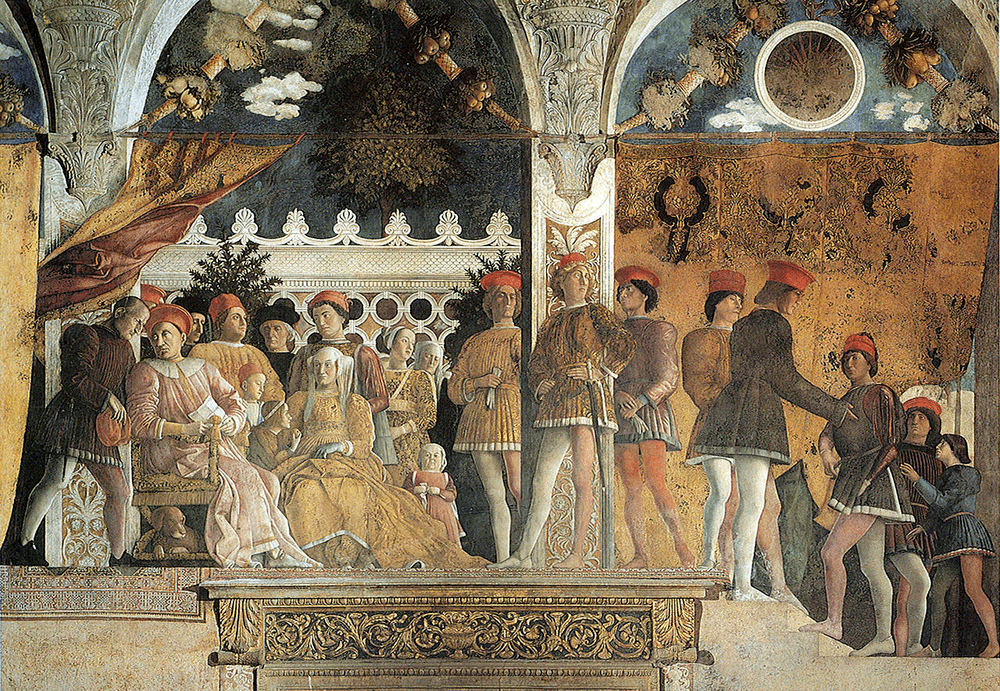
Credit: Wikipedia
3) Artists used dogs as their principal subject matter.
The High Renaissance artists saw dogs as the principal subject matter for the first time. Many artists took dogs as their primary models, depicting their features and traits. Custom pet Portraits also existed, with aristocrats hiring art persons to paint their Renaissance pets.
One significant example featuring dogs as their principal subject is ‘Two Hunting Dogs Tied to a Tree Stump’ by Jacopo Bassano. Commissioned by Antonio Zentani, ‘Two Hunting Dogs’ was one of the first works dedicated exclusively to canines. The portrait had two hounds from the hunting kennel tied to a tree.
Bassano wanted to convey the themes of guidance and protection through his painting. His extraordinary masterpiece presented the dog’s personality in a realistic and lifelike style.

Credit: Art Prints on Demand
This art piece inspired other artists of the Renaissance, after which many started to take dogs as their sole subjects.
In the 18th century, dog portraits became highly famous with the establishment of The Kennel Club in the United Kingdom. This further encouraged the artists to create dog portraiture.
4) Dogs were featured in a religious context.
Another significant symbolism of dogs in Renaissance art is the religious and biblical aspects. Some artists painted dogs to portray the holy and devotional relationship between Jesus and his disciples.
Many murals and frescos have pictures of dogs witnessing iconic religious moments. Canines represent the purity and holiness of God in these paintings.
One notable example of dogs as holy illustrations in Renaissance art is ‘The Washing Feet’ by Jacopo Tintoretto. The painting is a picturization of Jesus washing the feet of his disciples. The washing of feet here reflects the theme of cleaning away sins.
The dog looking towards Jesus describes his disciples' devotion to him. The dog conveys purity, trust, cleansing, and affection. The dog in the picture makes it even more pure and faithful.

Credit: Wikipedia
Another example is a masterpiece by Paolo Veronese, ‘The Adoration of Kings.’ The devotional painting showcases three kings lying before Mary and baby Jesus, offering them gifts. The image has a dog that almost blends with the background.
In this Renaissance art, the dog denotes belief in Christ and miraculous signs from stars. Thus, the painters used dogs even to express devotional relationships between God and his children.
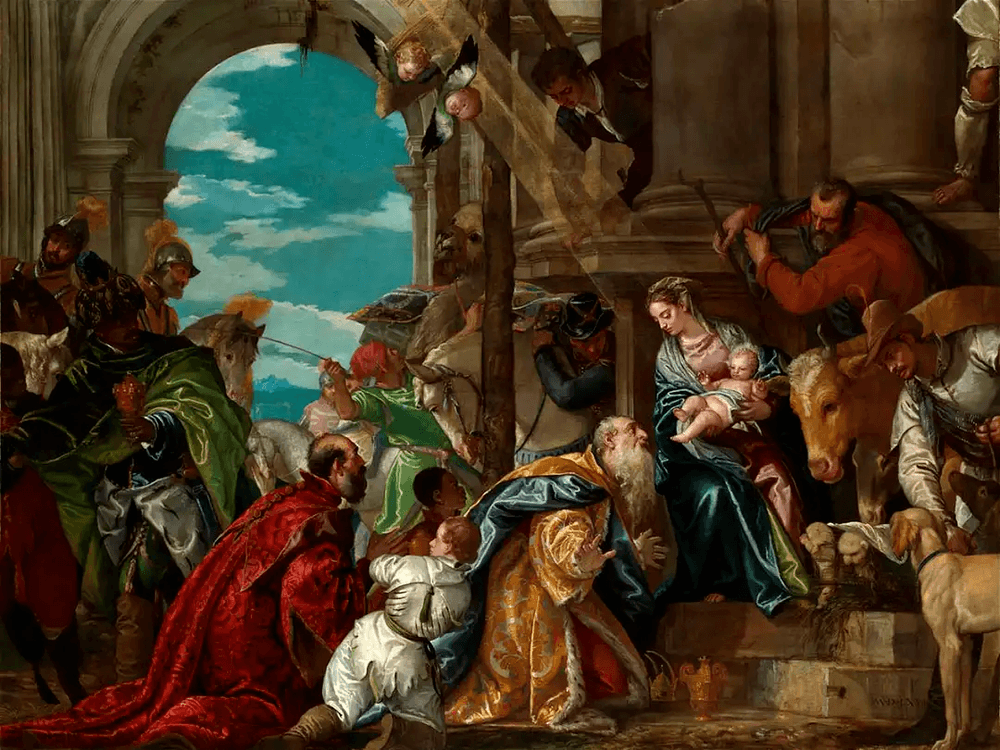
Credit: The Collector
5) Renaissance artworks saw the cynical portrayals of dogs.
While most Renaissance art revolved around the positive portrayal of dogs, some artists used them for negative depiction. William Hogarth was one of the Renaissance painters to paint dogs for cynical portrayal.
Hogarth did not include dogs to depict fidelity and moral relationships in art. Instead, he used dogs to convey displeasure and lack of commitment in a relationship. The finest example of the adverse representation of dogs is the ‘Marriage A-la-Mode’ series by William Hogarth.
‘Marriage A-la-Mode’ was a series of six satirical pictures painted by Hogarth. It expressed the feelings of disappointment, unhappiness, and discontent that a forced marriage brings. Hogarth cleverly uses dogs to portray the cynical themes of an unhappy marriage.

Credit: Mutual Art
The first painting,‘ The Settlement,’ shows an arranged marriage conducted for title and wealth. The sad and resentful faces of the people indicate unhappiness with the union. The dogs at the bottom left corner of the frame depict that the marriage lacks love.
The two dogs chained to one another mirrors the sadness the people are going through. The dogs are neither looking at each other nor at the happenings in the room. This describes the bride and groom's lack of interest in their marriage. Hogarth portrays dogs as very small to show how insignificant the feelings of the daughter and son are to their fathers.

The Settlement
Credit: Wikimedia Commons
Likewise, Hogarth displayed the canines in the series' second and sixth parts. The dogs depict a dutiful relationship not between the two partners but between them and their parents. They play a vital role in representing the underlying emotions of their masters. Hence, the dogs express responsibility instead of love in William Hogwarth’s Renaissance art.

2nd Part- The Tete a Tete

6th part- The Lady’s Death
Credit: Wikipedia
Conclusion
Throughout art history, animals, especially dogs, have had a significant place in art. Dogs have been humans' favorite species for generations. Dogs are examples of love, affection, trust, fidelity, and protection.
Today, the popularity of pet portraits has increased immensely. Nowadays, people create beautiful portraits of their pet dogs because they absolutely love them. Thus, the portrayal of dogs in paintings has persisted and will continue for ages.

